To us, being a foodie doesn’t mean just eating at world class restaurants or dining at famous chefs outposts, it means getting down and dirty with the locals, eating at roadside stands, small local restaurants and places that have survived generations. Anyone that knows us, knows that there are 2 things we love to do, travel to see new places and old, and explore the foods and culture of where we go. Even before we quit our jobs to travel for almost a year, we had gone to a few countries for vacation and we are in new places, like most, we love to try the foods!
Food can flood your mind with memories. Imagine if every time you grated some Parmigiano-Reggiano onto a dish, it brought your mind back to the time you met the cows, farmers and producers that made that cheese. Or if you walk into an Asian market and smell durian, it can transport you back the streets of Singapore. These memories bring us an extra special level of happiness.
It’s hard to pick our top 10 foodie destinations, as every place we’ve been a foodie could appreciate! Take India for example. It doesn’t land on our list, but, the food there is amazing! Cambodia had great food, complex curries, and unique cooking methods. It was a great food destination, but still not on our top 10. So we are going to do our best to keep this short (by our standards, so get ready to spend some time with us!) We hope you enjoy, and if you have any feedback or questions, we would love to hear it.
Our Top 10, in no particular order! (click on each one to jump to that section!)
Paris
San Sebastián
Thailand
Japan
Naples
Melbourne
New York City
Marrakech
Bologna
Hanoi
Paris
The city of light, the city where we had our first anniversary of being together, and first wedding anniversary. Paris holds a special place in our hearts, our minds, and our stomachs. What always wins us over about being in Paris is the sheer diversity of amazing foods that you can get. The best tip, if you see Parisians eating at an establishment, it’s probably a safe bet. If it’s only tourists, most likely not as good, such as places near landmarks. These will be poor quality and leave you thinking the food is bad. Don’t let that lead you astray!
Starting the day with a fresh warm Pain au chocolat, croissant or quiche from one of the thousands of boulangeries is a very Parisian thing to do and we love to make this a routine when we are there. Some of our favorites are La Boulange de Cambronne, at the corner of Rue Cambronne and Rue Paul Chautard, a stones throw away in the same arrondissement is Le Moulin de la Croix Nivert on 39 rue de la Criox Nivert.




Nothing to us seems as quintessential as picking up a fresh baguette, going to the affineur (specialty cheese shop that ripens and seasons cheeses) to get some Brie, chèvre or Camembert and go and to relax in one of the many parks or along the Seine. This is always a safe bet for us, but if you crave more, a jambon au beurre, using Parisian ham and fresh butter on a crusty baguette might hit the spot, or a quiche Lorraine. Or maybe, a fresh crepe stuffed with gruyere and black pepper would do. One of our very favorite things to do for lunch was to eat at a kebab shop, they offer more than just gyro style sandwiches, but offer a glimpse into the life of immigrant and second generation immigrant families cuisines and culture.


The best way to end the day is to seek out either any great neighborhood bistro or restaurant. Bistros are ubiquitous with Paris, and you will find them on most blocks packed with locals enjoying a 3 course “plat du jour” menu. If you want classic French fare in an approachable setting, check out Bouillon Chartier on rue du Faubourg. This place is real deal old school. Offering favorites like steak frites, escargot, calves brains, duck confit or rotisserie chicken. Be prepared though, they don’t take reservations and there’s always a wait, but we promise it’s worth it!
There is also so much more to Paris than this, the Michelin started restaurants, wine bars or international restaurants that are given a Parisian make over. A recent trend is some “Americanization” including the popular explosion of hamburgers, given the French treatment, or Tex-Mex foods making some inroads resulting in something called the French taco, which is a grilled tortilla stuffed with French fries, meat, cheese and very non-traditional sauces.
Finally, one of the best parts of Paris is the sheer quality of the foods. We have always found that we have to seek out higher quality foods, or pay a premium for them in the states. In Paris, we found these types of things like Brie or Baguette is readily available and will be top quality no matter where you go. And since it’s part of their every day food culture, you don’t pay a premium for it. This includes the farmers markets that are held, sometimes under the elevated metro tracks. You will find some gems all in one area. Cheeses, honey, nougat, olives, fresh fruits and vegetables, fresh meat and seafood, chicken roasting over potatoes and foie gras! So keep an eye out and you will see why Paris is a food lovers paradise.

San Sebastián
San Sebastián (Donostia in Basque), on Spain’s northern coast bordering France is part of Basque Country, a semi-autonomous region that spans both Spain and France with a unique language and amazing gastronomy. If you are a foodie, there is a chance you know already of San Sebastián as one of the grandfathers of avant-gard cuisine, Juan-Mari Arzak, is from there and 3 out of Spain’s 11 total 3 starred Michelin restaurants are in this small city. As mentioned above, fancy food is not all that we look for, and San Sebastián delivers here big time!
The best part of San Sebastián is wandering around it and going in and out of the many pintxo (tx is pronounced as ch, pin-cho) bars! What is a pintxo? When you walk into a pintxo bar you will be visually amazed, there will be dozens of different one to two bite snacks placed on platters, many secured with a toothpick on a slice of bread. Pintxo means spike or pick, which is where the name comes from. The pintxos vary, some will be simple, while others will be extravagant. The simple ones could consist of Spanish tortilla on bread, or some sheep’s milk cheese with jamon with a drizzle of quince jam. The extravagant concoctions could be topped with quail eggs, truffles or gold leaf, or ones utilizing elvers, which are baby eels, that at first glance look like noodles, be aware! Depending on the bar you will either self serve or if it’s a high end place, someone will assist you. Don’t be alarmed by the napkins on the floor either, this is a typical practice. Eat your snack, drink your wine or beer and throw the napkin in the ground.

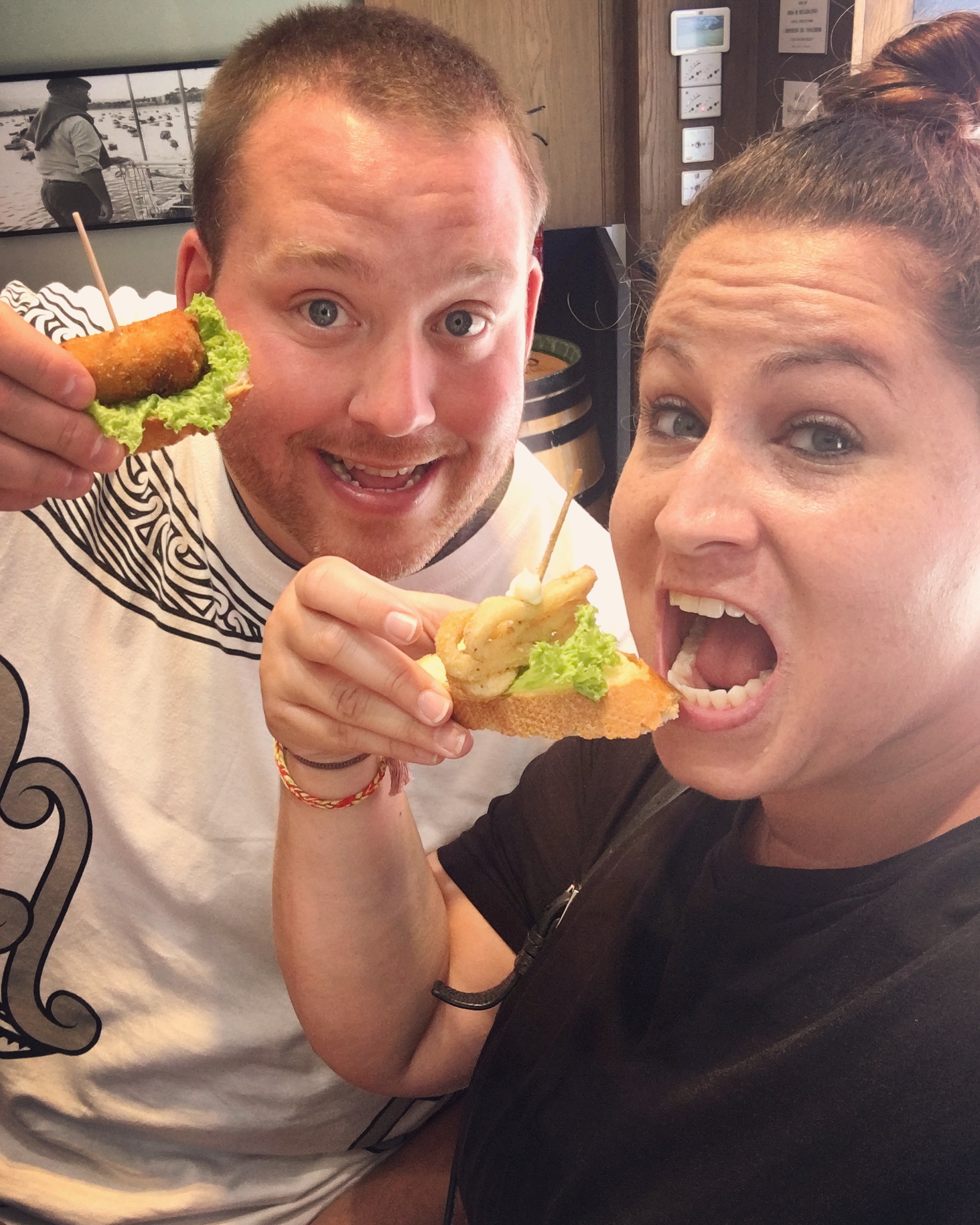
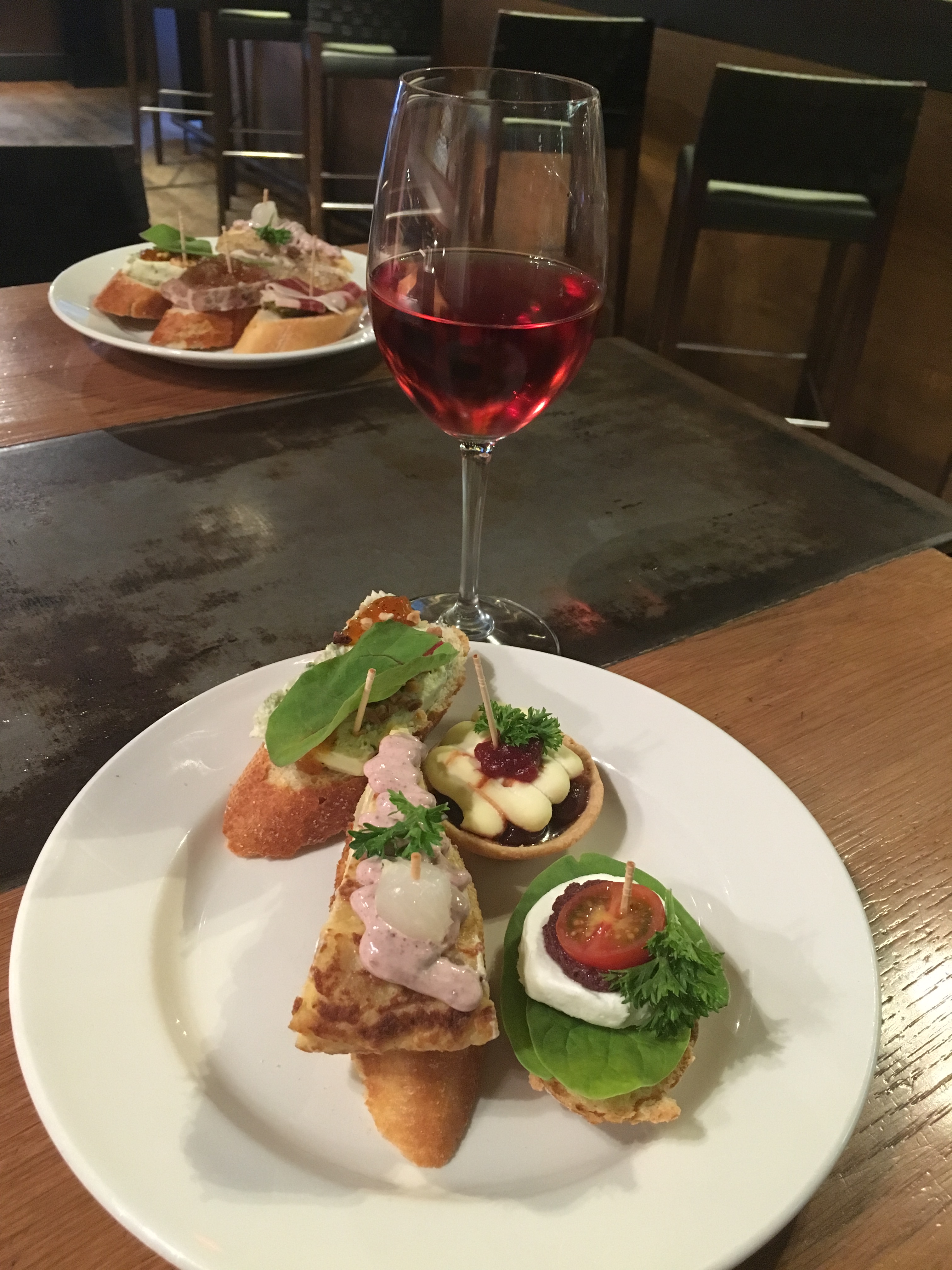
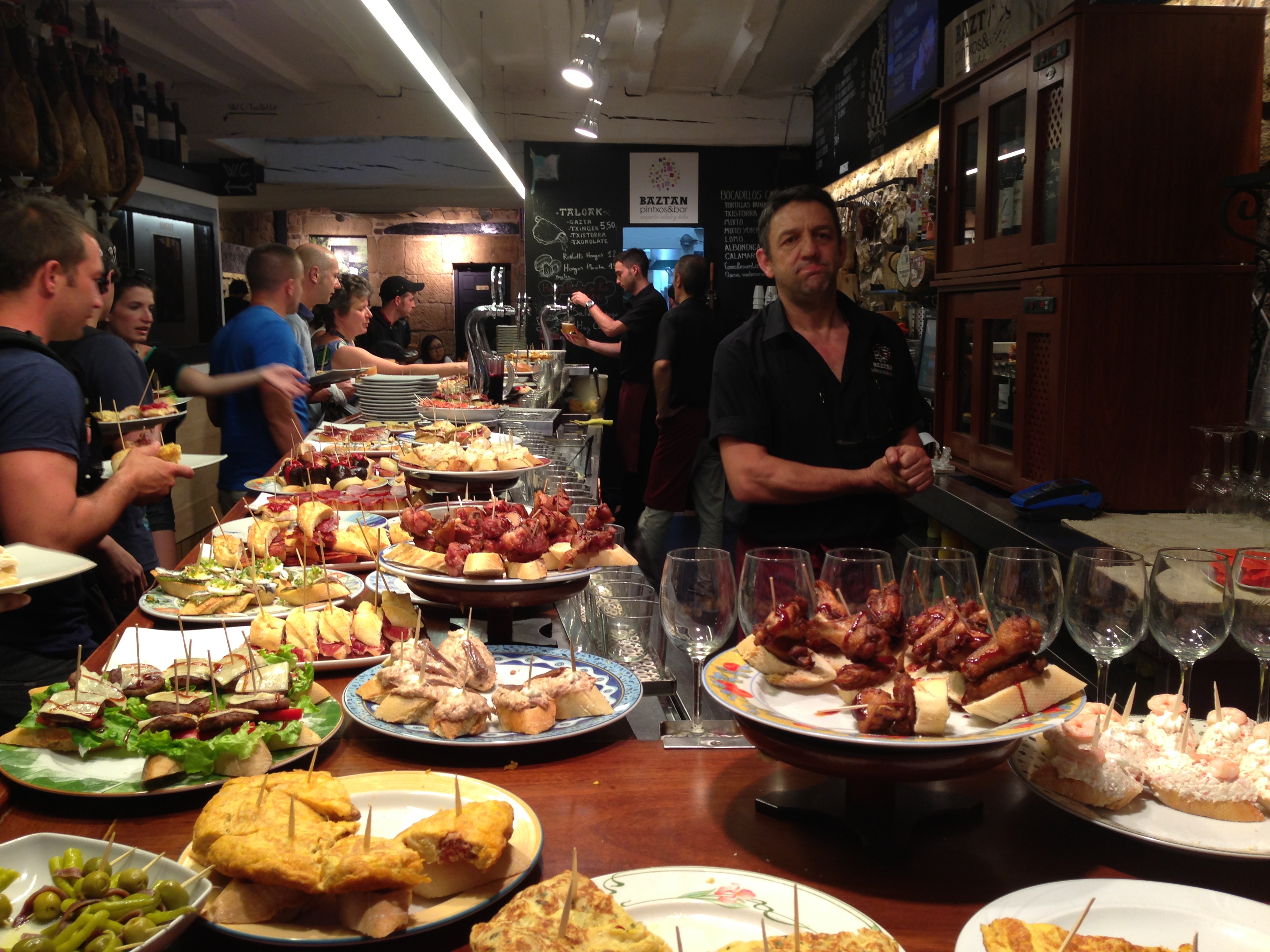
There is, of course, more than just these amazing pintxo bars. There are the traditional tapas bars, beachside restaurants, full service restaurants, cafes and inventive gelaterias! While there, try to find a bar that serves basque cider. It’s a great dry cider, one that is much different than the sickly sweet style that most ciders come in. No matter what your mood is, from fancy to casual bar snacks, you can find it all here, with a beautiful beach to match.
Thailand
We could not pick just one city for this amazing country, not only because of the foods, but because there is such a variety from the north to the south, you need to experience it all! Let’s be honest, if you’re going to Thailand, you’ll probably be spending quite a bit of time there, so please make sure to see each part of the country.
First stop, the beaches of the south. In the south you will find much more influence from Malaysia and Indonesia since they are bordering countries and the people from these areas will be more closely related to the cuisines and culture of Malay and Sumatran peoples. This means chilies everywhere! The food will be spicy, and utilize coconut milk more since coconuts are abundant in the south. If you love seafood, Southern Thailand is for you! The whole peninsula has easy access to some pristine waters, which yields amazing fresh seafood. Another thing that you will find is the typical jasmine rice, best known in western culture as the rice served with Thai food, since some of the most popular dishes are the coconut milk based curries (red, green, penang) which pair perfectly with jasmine rice’s fragrant, floral taste and it’s slightly starchy texture.
Next up, Central Thailand. Home to the ethnically Thai people, Bangkok being the capital plays a big part in this areas culinary development. You can equate Bangkok to most any ancient or cultural capital as all of the ideas from the country will eventually meld into the cuisine when people from the whole region converge in one spot. If you think of Bangkok as Paris, New York City or London, you will start to develop an idea of the cuisine there. You will find dishes from all parts of the country but with added refinement and luxury. You will also find influence from other countries, like cows milk, cheeses, smoked salmon, Italian pastas, chocolates and refined desserts. You will get the most beautiful presented dishes,
but also know that there are great food markets and food stalls that will not be beautifully presented, but will taste amazing! The street food here is top notch, and cheap and was our favorite part! From familiar dishes to some you might not be as familiar with, using more unique items or using the lesser utilized parts of the animal are often used too.
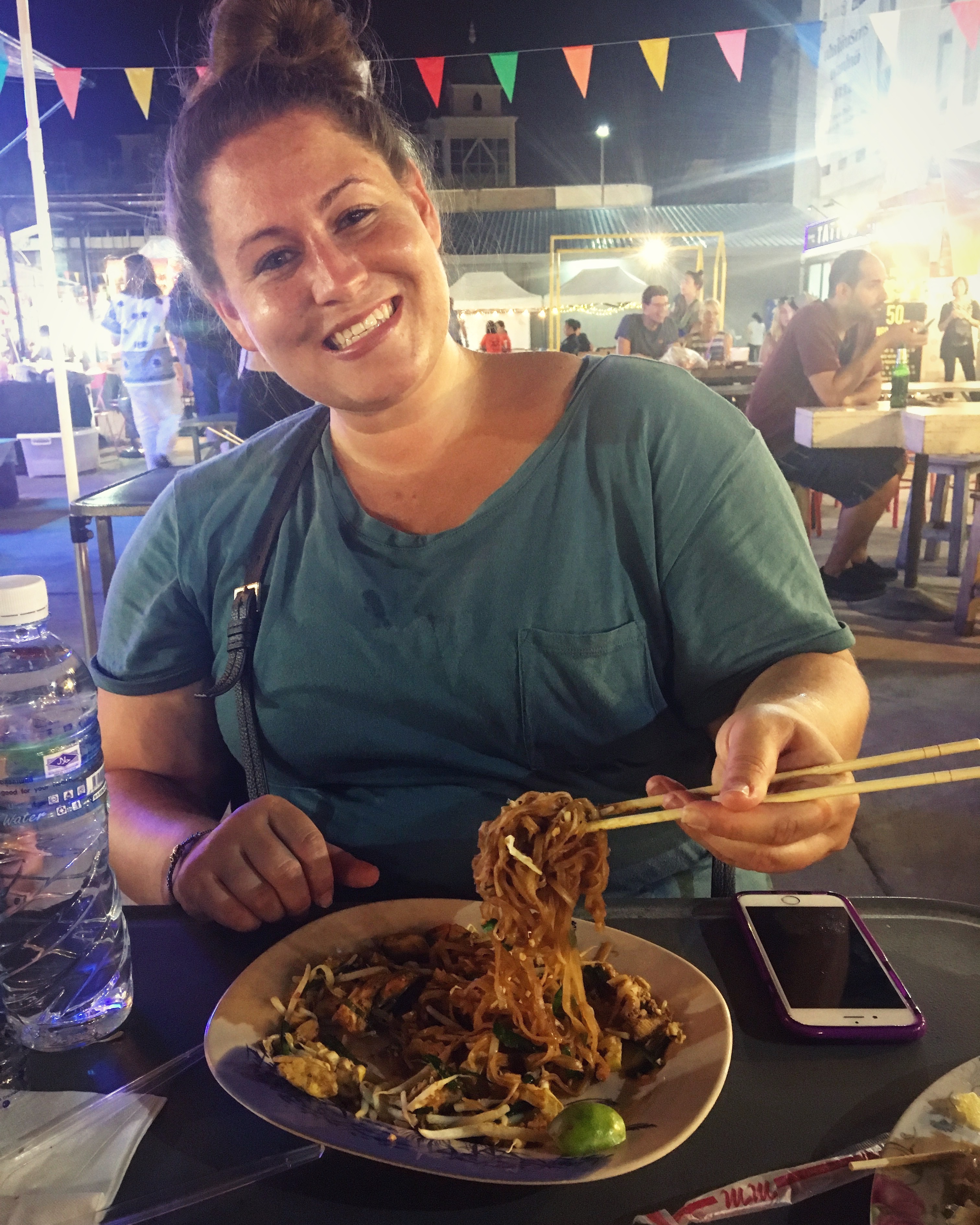



We have to to mention the produce! The thought of walking back to our hotel and stopping for a cup of ice cold freshly cut pineapple, mango or watermelon from a street vendor is indescribable in how fresh and flavorful the produce is here.
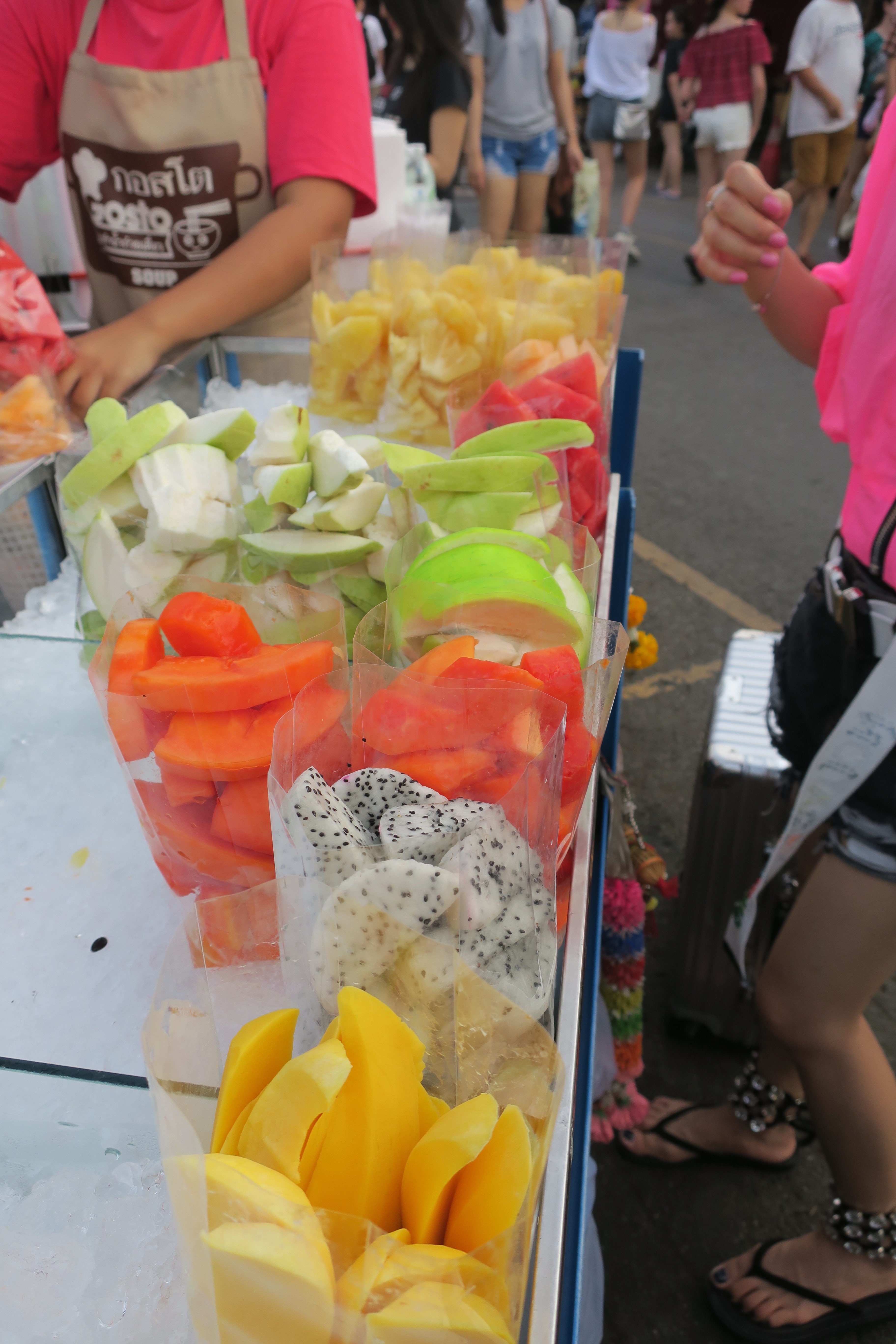

Finally, making your way north you will notice how the food changes. Chang Mai is the typical area where you might go. In the northern parts of Thailand the people are influenced by Laos, Myanmar and parts of China. The terrain is mountainous with thick jungles and totally different from the lifestyle in the south. You will find sticky rice, more domesticated animals, wheat and less coconuts. This means you will be more likely to find beef and the broths will be made with animals and herbs and not thick coconut based broths. The Night Bazaar in Chang Mai is definitely worth checking out! Besides being able to buy sunglasses, pants and CDs, it also has a food scene that will tick all your boxes. The roasted pork, pad Thai and curries that are better than anything you’d get back home. Another market, The North Gate, is the epitome of amazing food destinations. The street food is made fresh, sold cheap and packed with so much flavor, it will leave you feeling like you’ve reached nirvana. Make sure to try Khao Soi, a staple of northern Thailand, a curried broth with chicken, soft wheat noodles, a great amount of spice, topped with crunchy noodles.
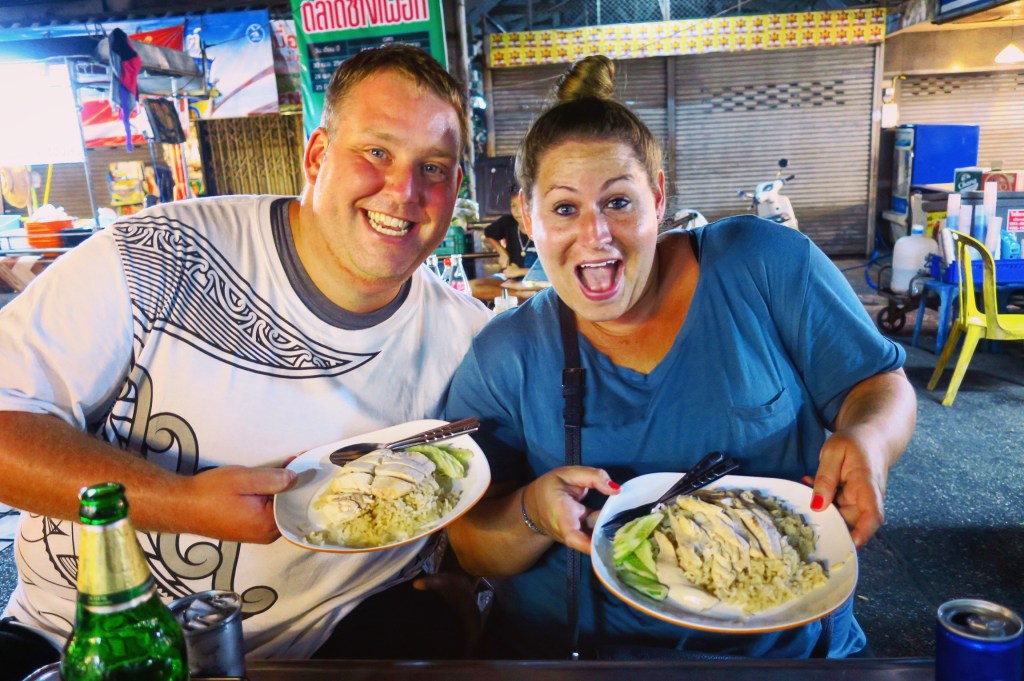
We also have to mention our love for Thai Iced Tea and it’s accessibility here. So here is our secret non-so-foodie top tip…the 7/eleven’s sell Thai tea like you would buy a soda! Think of getting a Big Gulp of that bright orange, creamy, fragrant tea, for only about $1! We’re used to drinking it as a treat, paying $5 at the restaurant, so this was a super exciting find for us!
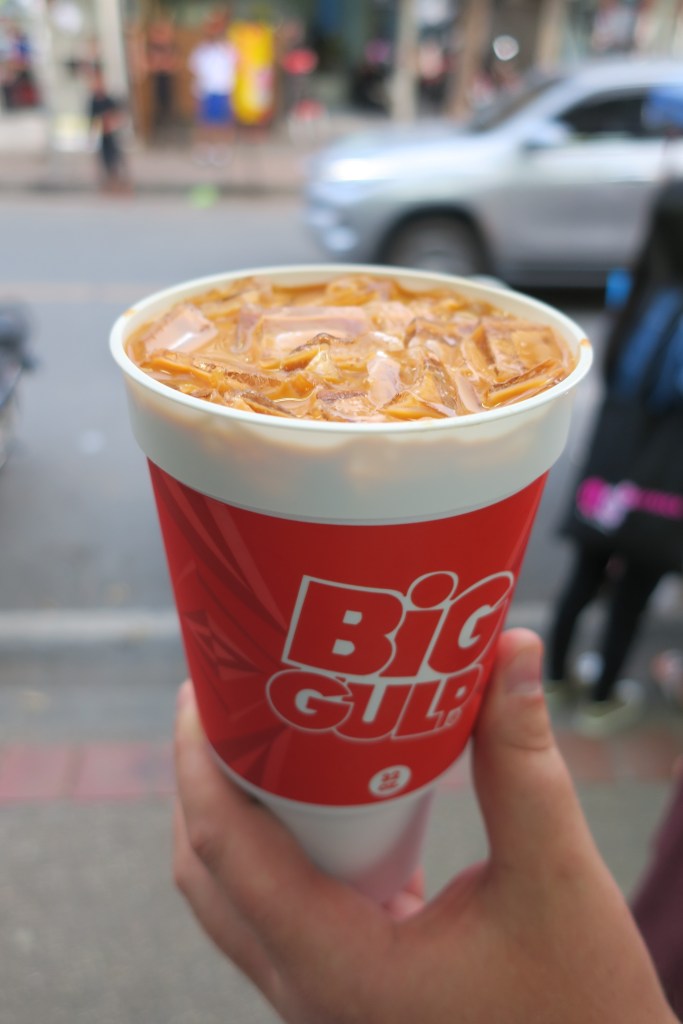
To us, the food in Thailand cannot be beat for its authenticity, flavors, complexity and all around deliciousness. There’s no doubt that it had to make our list.
Japan
It’s typical for the mind to go straight to sushi or teriyaki when thinking of the food in Japan, but there is so much more to discover there. From high end restaurants that are world class to the crave worthy grab and go foods at 7-Eleven, and even the vending machines that sell everything from snacks to amazing iced coffee.
One of our most favorite dishes is actually one that you’ll find in more of a “diner” like setting, and that’s Japanese Curry. Pick your size and your protein (crispy Katsu chicken or pork, shrimp, sausage, tofu or gyoza) at a kiosk and wait for your delivery. Served over a bed of rice, all is smothered in a delicious curry sauce, we recommend getting an egg over top for extra umami. The sauce is different than other curries in that it doesn’t have a coconut milk base, or creamy base at all. The flavor is more reminiscent of soy sauce and miso with a hint of yellow curry powder. The places we found this at was at two chain type restaurants (but don’t let that scare you! We made an exception and ate at these even though they were chains and were so happy!) Go! Go! Curry and CoCo Curry.



Another Japanese favorite is Ramen. We love it because of its vast diversity in the way it’s served, whether it be at a high end restaurant or from a similar kiosks as the curry, but one thing remains the same…they’re all delicious! Spicy, mild, pork, chicken, vegetable, it’s always a hit. The styles of Ramen differ around the country too, so make sure to try them in each place you visit. There are 4 basic types of broth, shoyu which is soy sauce based, Tonkatsu which is pork bone broth, miso which is fermented soy bean paste broth and shio, which is salt based broth. The magic of the noodles is the alkaline water that’s used to make them. The alkalinity adds a nice chew to the noodle and helps it to be sturdier in the broth.


There are also of course a few other famous noodles of Japan, udon and soba. Udon is a thick “slippery” wheat noodle with a whitish yellow color. Udon is eaten in a few ways, served in hot broth, served chilled with some stock or sauce to dip in, or yaki udon, pan-fried with vegetables. Soba noodles are thin, and made with mostly buckwheat, which give the noodles their brown color and nutty aroma and taste. Typically served chilled with sesame oil or as a salad, soba noodles are delicious and the most aromatic.
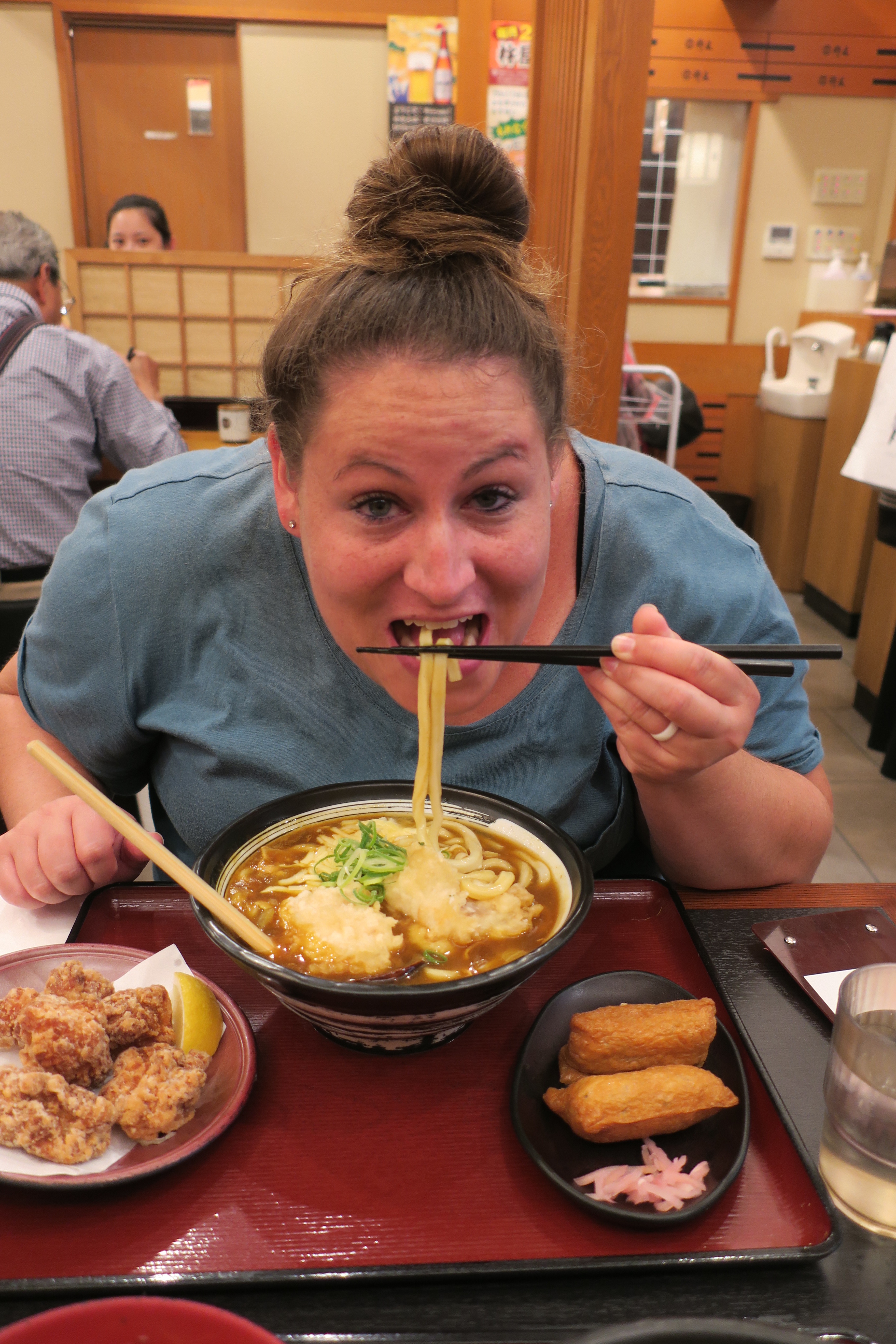

If you follow our social media or get updates on our recipe section, you’ve seen our okonomiyaki, if you haven’t seen or heard of it, it is worth a try! A savory “pancake” made with egg, cabbage, Japanese sweet potato and flour as a base, and then you can add whatever you want. The name actually translates to “however you like it cooked”, so add in pork belly, shrimp, bonito or tofu, top it with a myriad of sauces or cheeses. Our favorite was pork belly with Japanese mayonnaise and okonomiyaki sauce and one smothered in cheese!
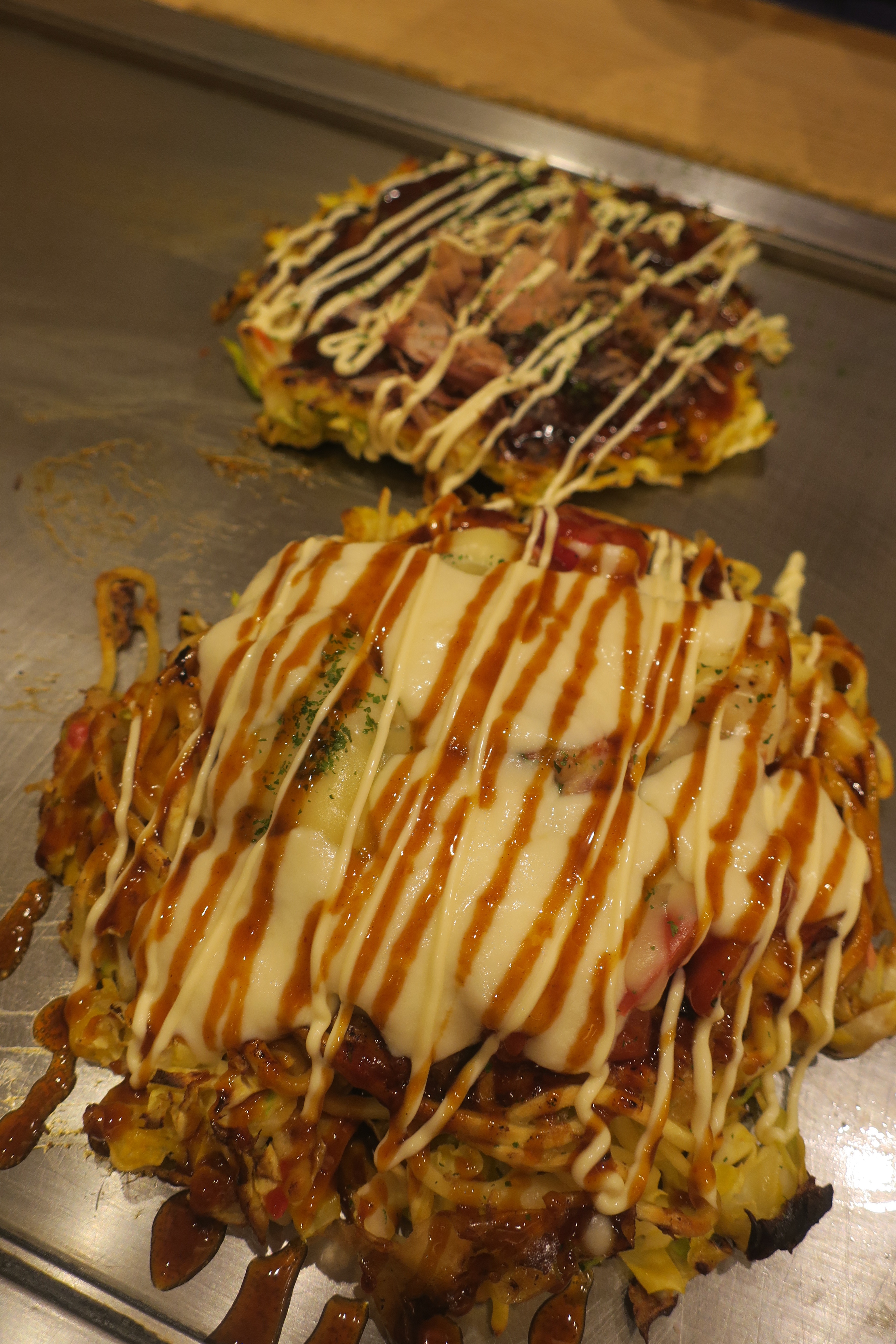

As foodies, of course this section would not be complete with our talking about Kobe beef. The name now has become part of the global lexicon, signifying opulence, quality and rarity. Only 3000 cattle a year are able to be sold as Kobe beef and there are strict rules on what qualifies. The term now has been diluted by improper usage, imposters and labeling of Wagyu beef as Kobe. If you find yourself in Japan, especially in Kobe, make sure to try some. It is delicious, and melts in your mouth! All you need to do is go to the town of the same name and you’ll be hit with the aroma of this sizzling beef. No need to wander far, the town is studded with different places to enjoy it, whether upscale or a quick bite.
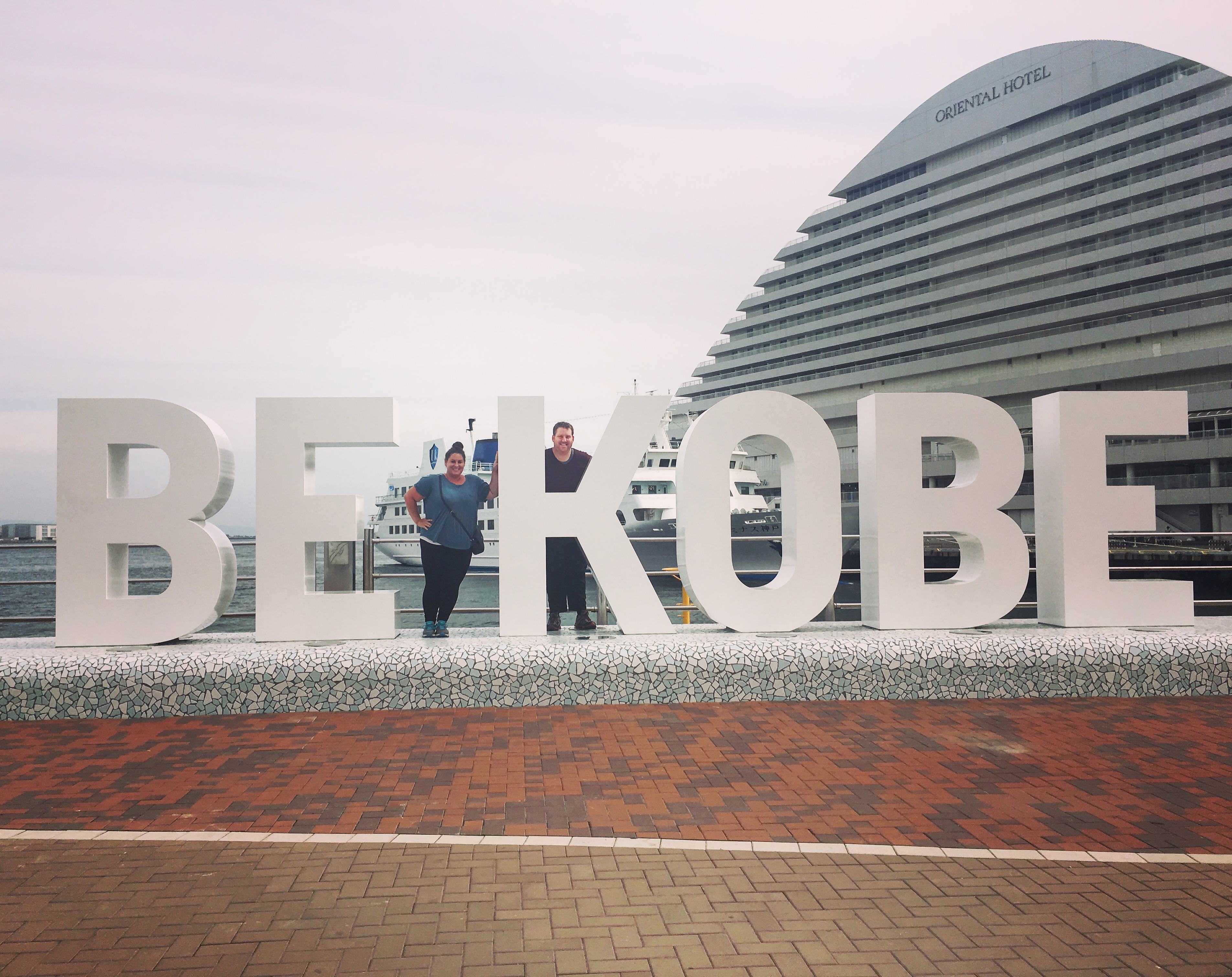
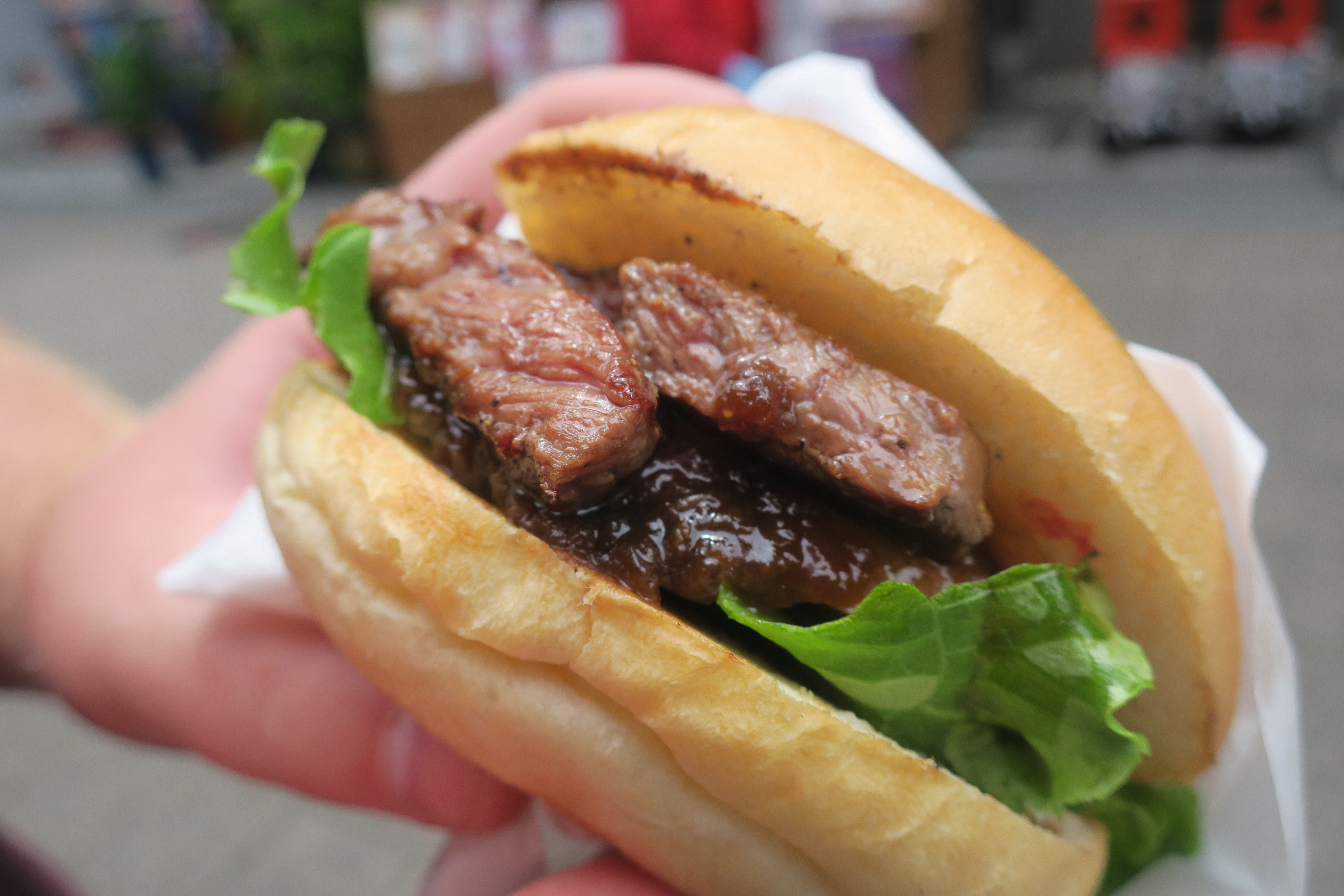

Naples
Some of these destinations that we mention are a great mish-mash of the cuisines of other cultures, some for their elegant refinement of foods, but, Naples is known for its world changing contributions. Pizza, of course is what we’re talking about! Besides just pizza, what an amazing foodie city. But.. the pizza does need a serious mention, because it really is as good as they say. From the crust, to the fresh tomatoes that must be sourced from nearby volcanic soils and the buffalo milk mozzarella, our mouths are drooling just thinking about it. The best part, pizza restaurants are riddling the city and serving pies for around $8 a piece, and they are all pretty much amazing, our favorite was Pizzeria Campanella.




What else does Naples have to offer? How about the fact that it’s the birth place for fried pizza as well! Just imagine all that delicious tangy tomato sauce and creamy gooey mozzarella in a crisp, fried to order pizza dough shell…it’s definitely a winner. We got ours from a perfectly named shop, Pizze Fritte on Via Giuseppe Simonelli and enjoyed it in the Piazza Salvo D’Acquiso, a small square in the center of town. Magnifico!
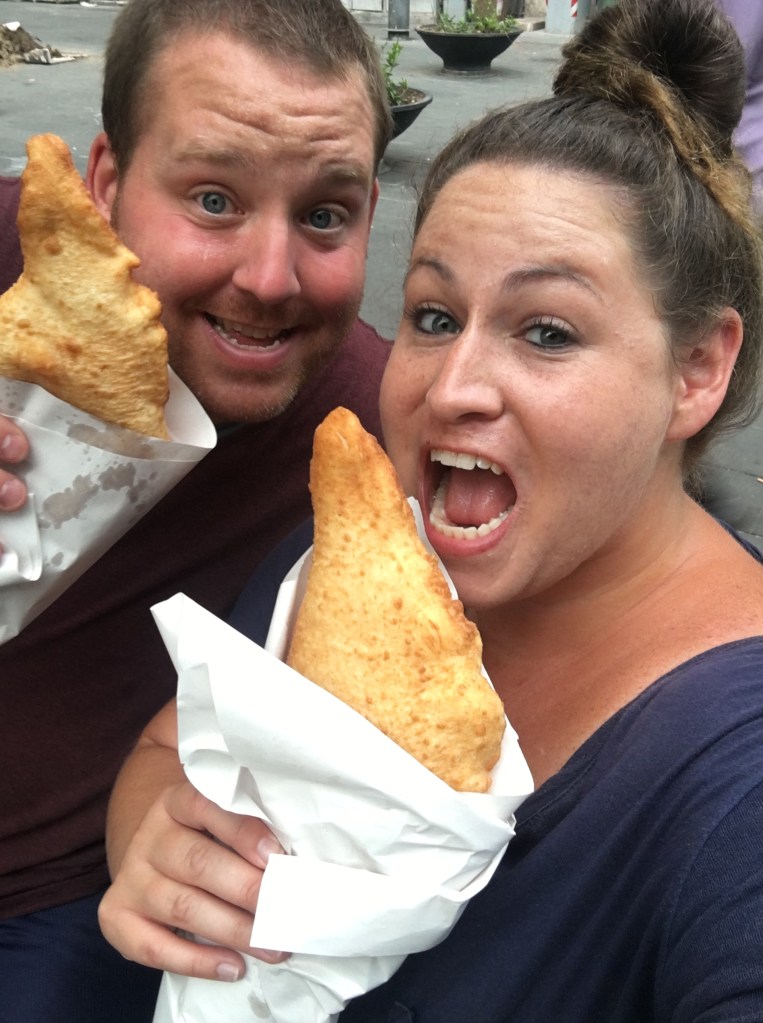
Naples also has a great street food scene, besides items like tiny pizza, or folded pizza, there are other fried delicacies. From Arancini, risotto balls stuffed with stretchy mozzarella or pork ragu to Fritatini, the original fried macaroni and cheese snack, to lightly battered fresh seafood straight from the docks. You can get these separately or in a cuoppo napoletano, a paper cone or newspaper filled with a mixture of the aforementioned tasty bites. There is also one that you might be afraid to try, fried pork organ meat, but it is much better than it sounds.
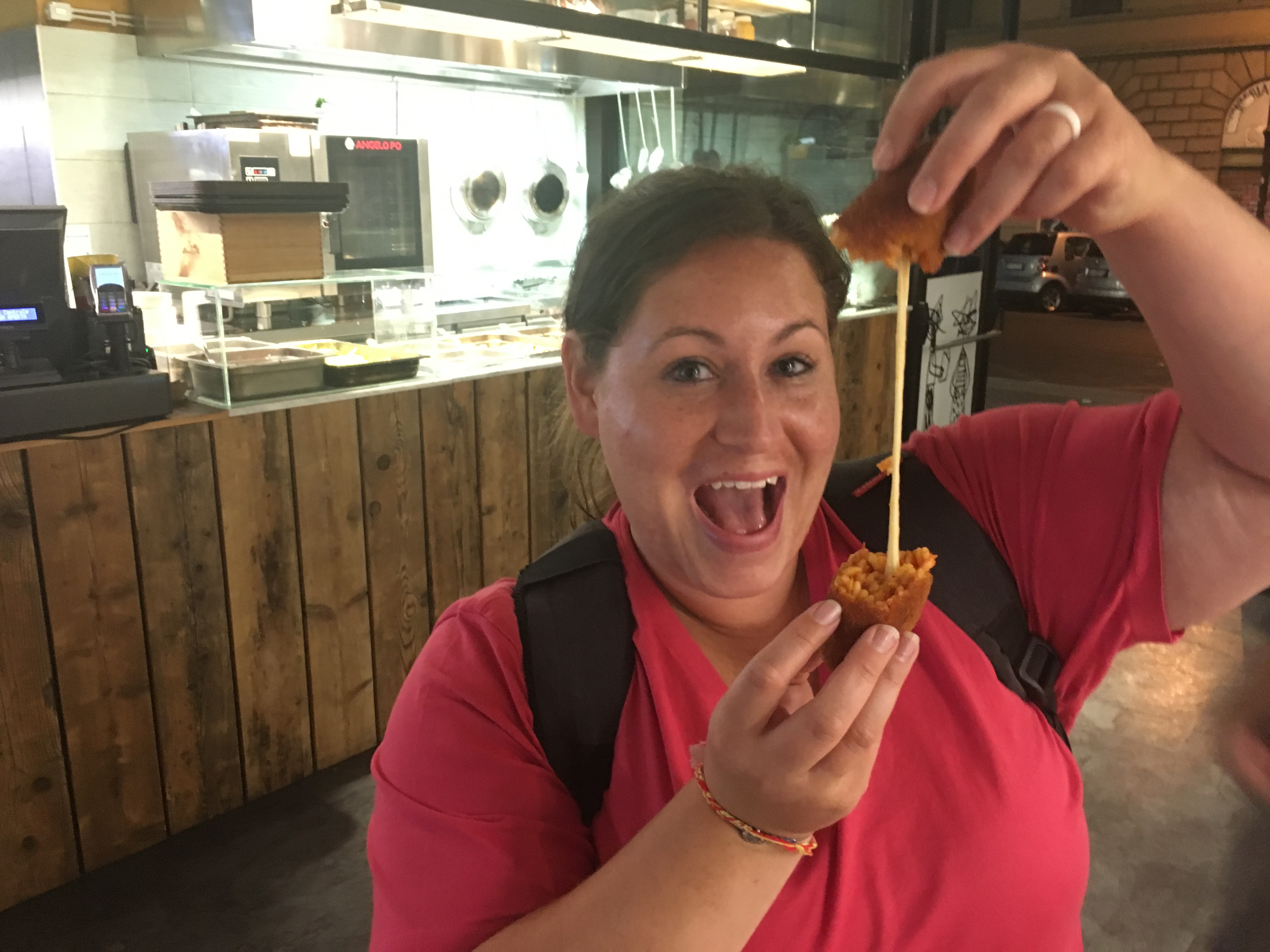
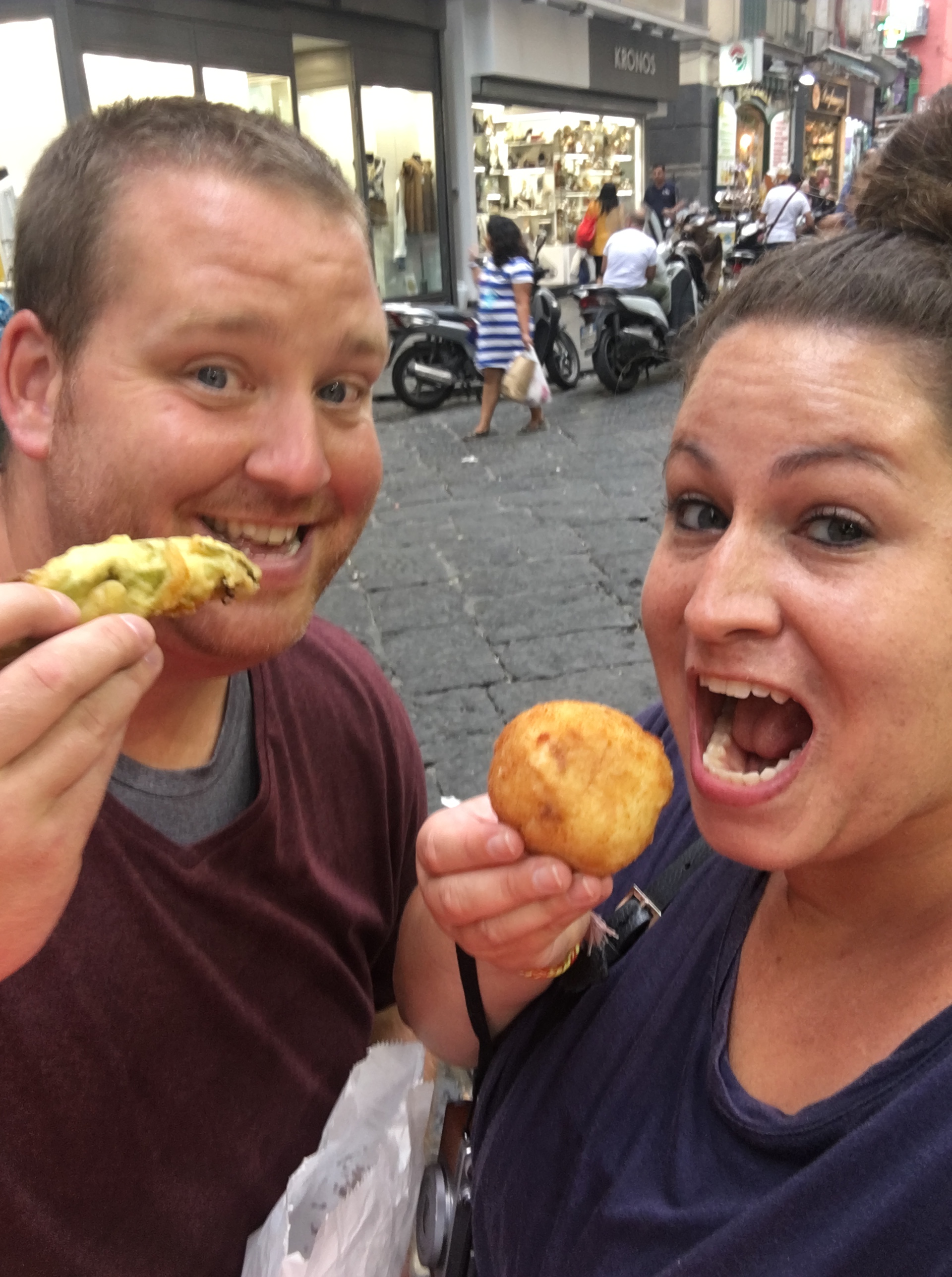
We would also be mistaken to not mention the cafe culture of Naples, espresso is a way of life here. The baristas are hand pulling shots of espresso, a shot is only about €1 and if you want to drink it like a Neapolitan, load up on the sugar, drink it quickly while standing at the bar and be on your way. You won’t find many coffee shops where you can lounge, using free WiFi, lazily drinking your double, extra hot, sugar free caramel, soy “latte”. In fact, milk drinks are reserved for morning time, and if you order a latte, you will get milk.
With 2 major contributions to common food culture world wide with pizza and coffee culture, Naples deserves its spot on the list.
Melbourne
We love Australia, we also love its little neighbor, New Zealand, but we would be lying if we said the food in these countries was a standout. The exception to this is the beautiful bustling city of Melbourne. Straying from the typical Aussie foods of sausage rolls, roast dinners, pumpkins and beets on hamburgers, Melbourne has a diverse and expansive food scene. The influx of immigrants has lead to the city being one of eclectic foods, from Ramen to dumplings, schnitzels to borscht, pizza to pasta, even spanish Pintxo’s! There is a huge Italian community here, so you will be able to find some innovative Italian inspired cuisine that will make you feel like you are in Bologna or Naples. Farm to table and locavoreism is big here, Aussie’s are proud of their farmers and the produce shows this. Highlighting fresh seasonal fruits, vegetables and proteins from world class producers is a specialty here. When we visited, it was late summer there, so we were in for a treat, but the food scene is great year round. Besides have alleyways that are packed with restaurants with al fresco seating, the CBD (central business district) is just packed with high quality offerings that will hit the spot no matter what you’re wanting.
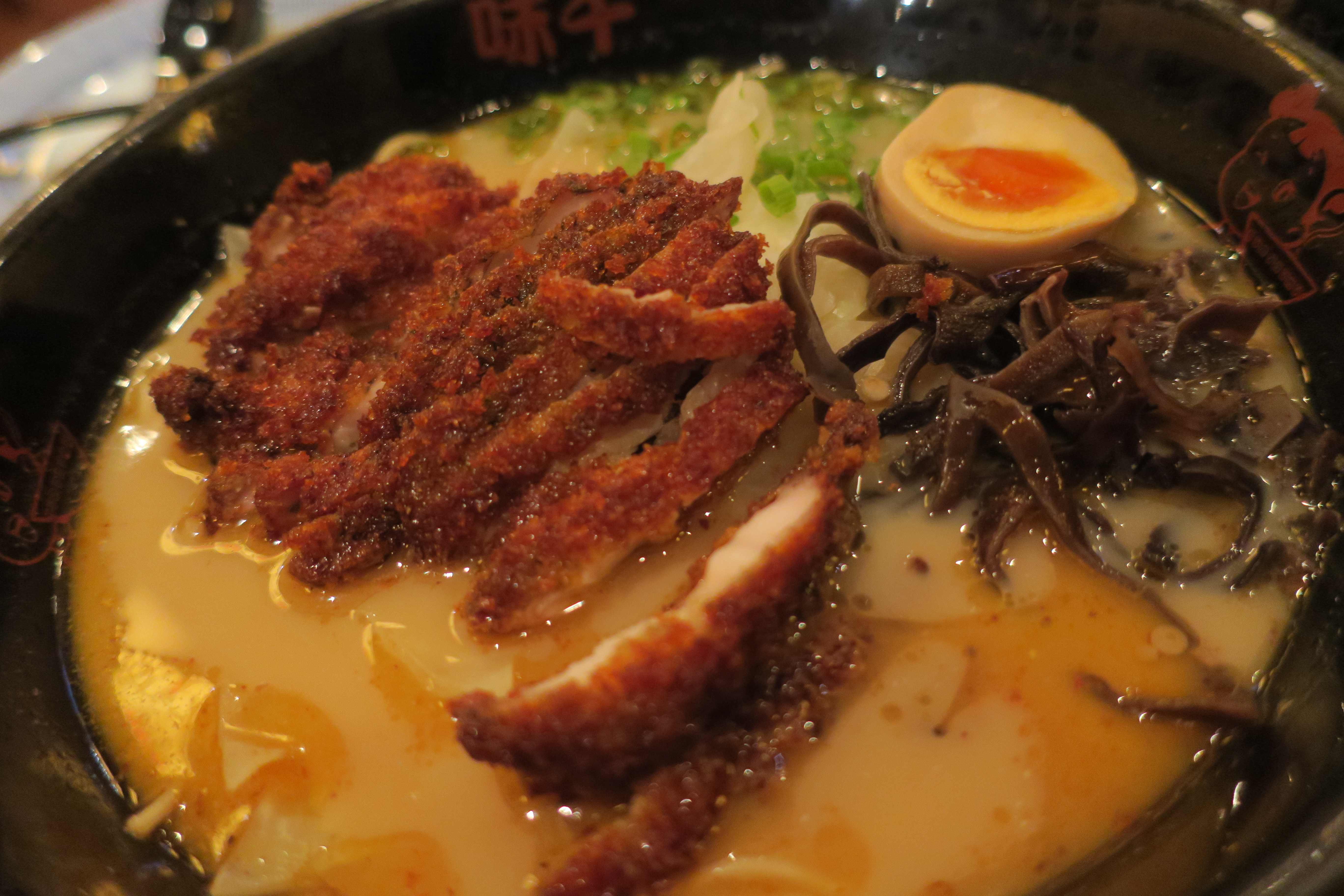


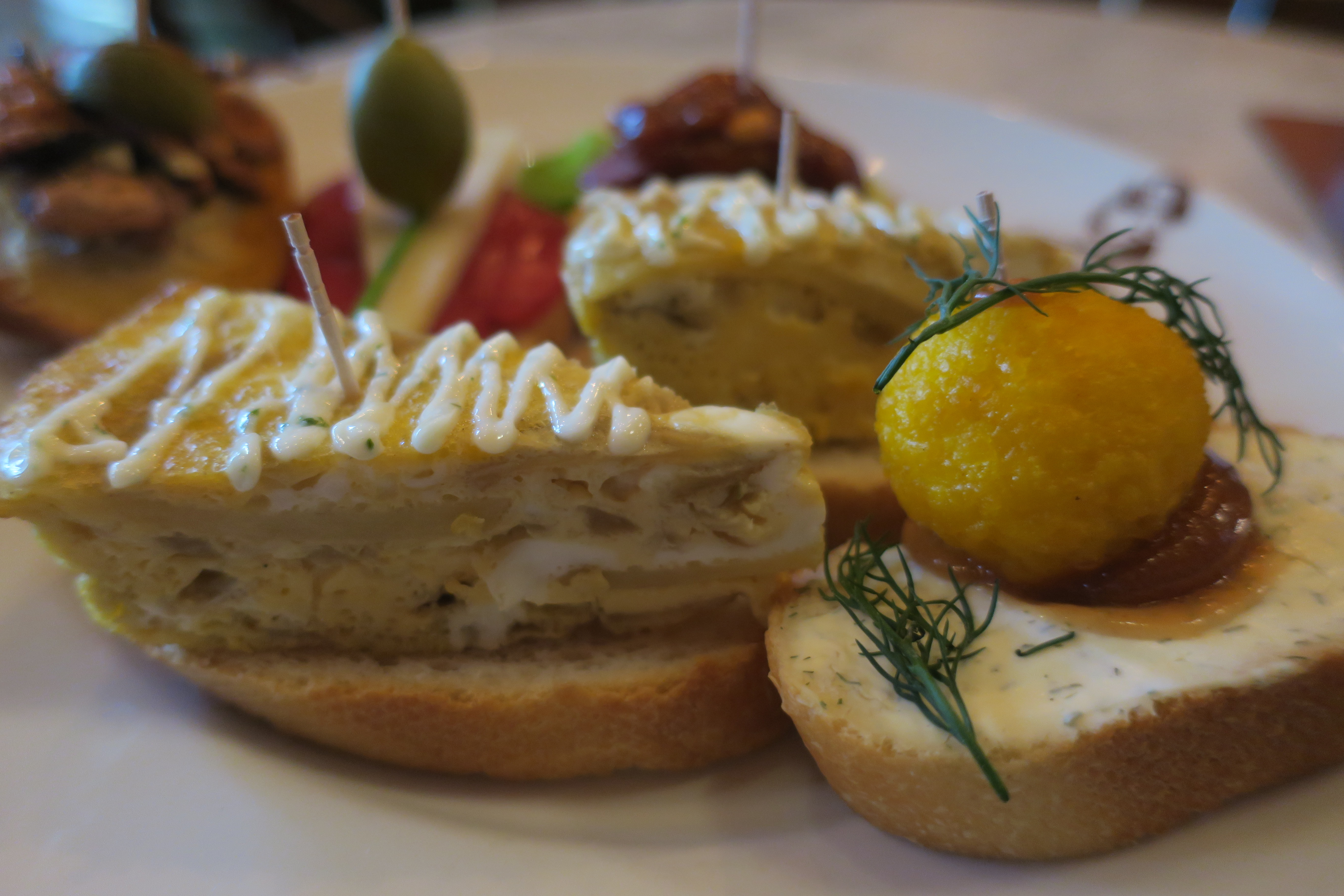
The Queen Victoria market is also a must visit place to get all of your food needs met. The market caters mainly to residence, but if you’re staying for a while you can load up on artisan cheeses, organic fruits and vegetables, and hand crafted breads and pastas. There are quite a few restaurant and cafe stalls here too, they are good for a quick snack, but save your appetite for the real deal restaurants.
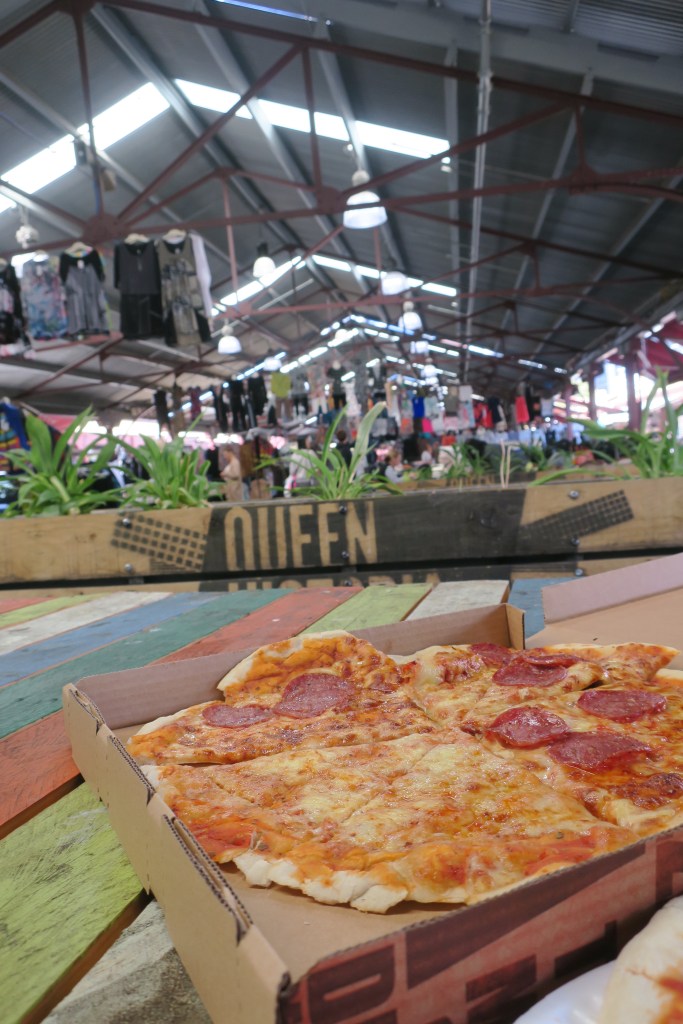
Melbourne, Australia and New Zealand do know how to do their coffee justice. You will find countless cafes in Melbourne with world class baristas that will make you a flat white that is so creamy and perfectly balanced that it will ruin caffe latte for you for life.
New York City
A city that never sleeps, a city that has been a melting pot since the 1600’s. We could write a couple dozen paragraphs about what we love about NYC, but we will spare you. As with some of the cities that we mentioned in this article, there are things that certain cities contribute, some cities that are bastions for fusion cuisines and very few are just completely different. That’s how we feel about NYC. A city that has taken in immigrants from every region of the globe and turned their foods and cuisines into something completely new. A few key examples; Pizza, bagels, delicatessens and Americanized versions of Italian and Chinese foods. Each has its own story, it’s own path of going from immigrant foods to a staple of New York, and then into being an “American” classic.
There are hundreds of types of cuisines to pick from in this city, along with world class farmers markets, boutique shops, cafes and mega outposts like Chinatown, Eatly and Mercado Little Spain that fully immerses you into the cuisines.


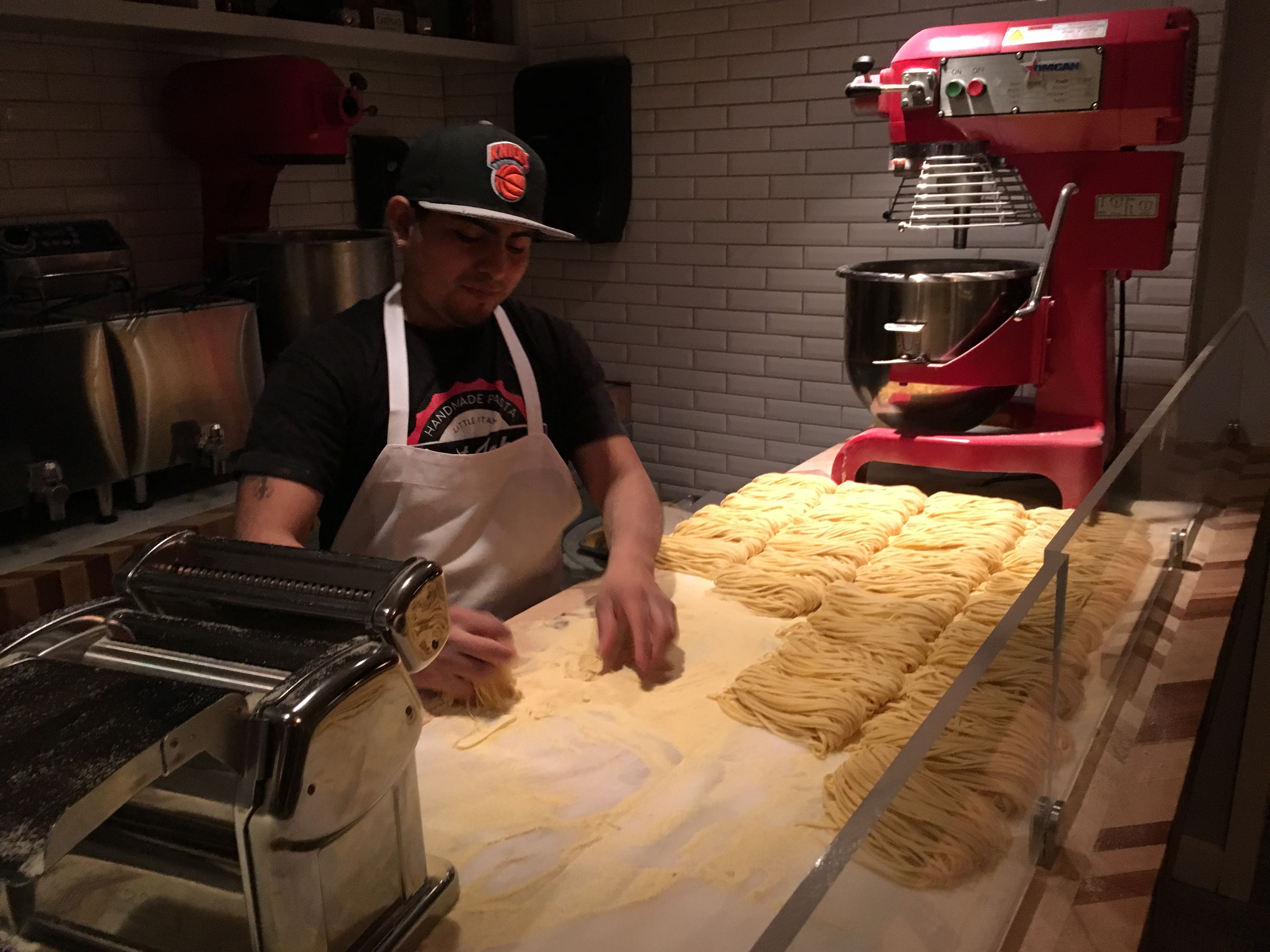
Marrakech
When one thinks of Morocco, you get a quite dated idea of the foods there. You might think couscous, tagines and mint tea, and let us assure you, these are all better than imagined and while those are all very prominent foods there, Moroccan cuisine is much more. This cuisine is very in-depth, having a fusion between Berber, Spanish, French and Moorish ideals mixed into one. Slow stewing of meats and chicken with heavy usage of beans and legumes, punchy preserved lemons, cumin, honey, saffron, rice and mixing sweet and savory together are hallmarks of what you will find.
Marrakech will fulfill any foodies dreams of North African flavors. Walking through the souks (markets) might overload your senses with the scents of hundreds of spices, each shop making their own signature ras el hanout, whole spices ground to order, the most vibrant yellow preserved lemons contrasted with beautiful olives ranging from bright green to glossy black. Your eyes being enticed by beautiful tagines, the smell of orange blossom water, dried fruits, a myriad of teas and colorful dyes.
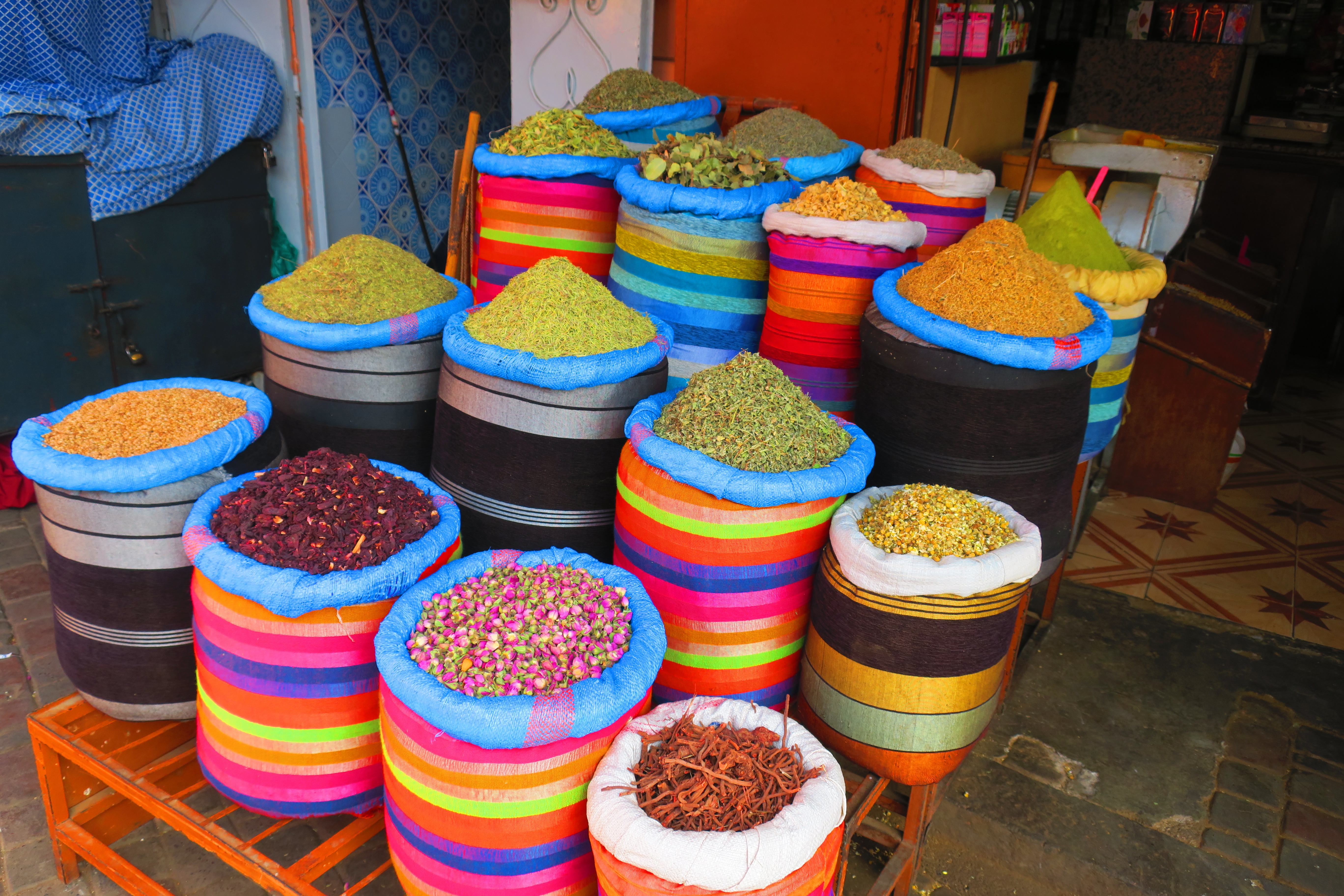
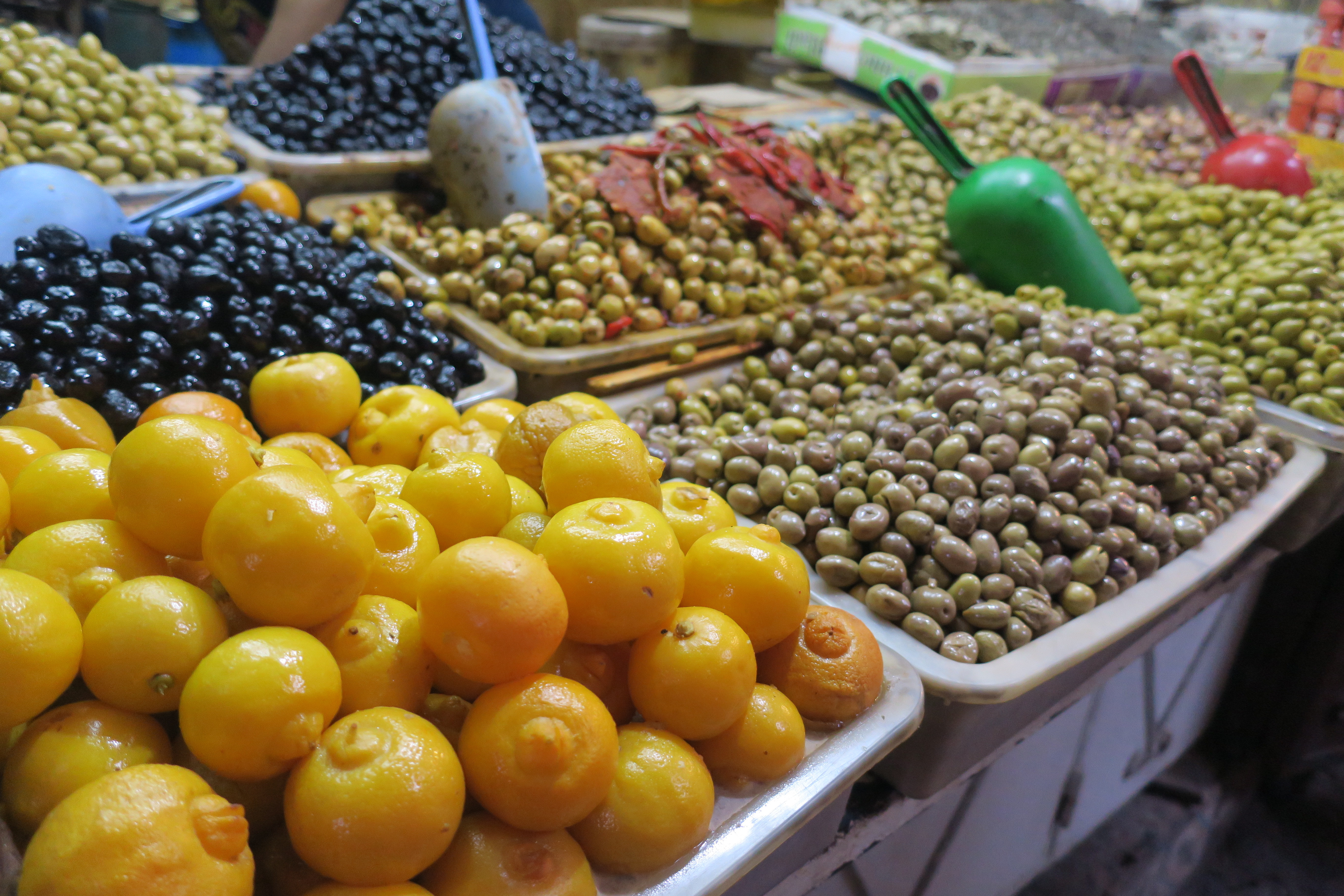
If staying in the old part of the city, (the Medina) the food will have a more traditional feel, even touristy places do justice to the classics. Getting a serving of goat tagine with fluffy couscous, chicken with preserved lemons, or a B’stilla (flaky pastry with chicken, egg, and powdered sugar) will be easy.
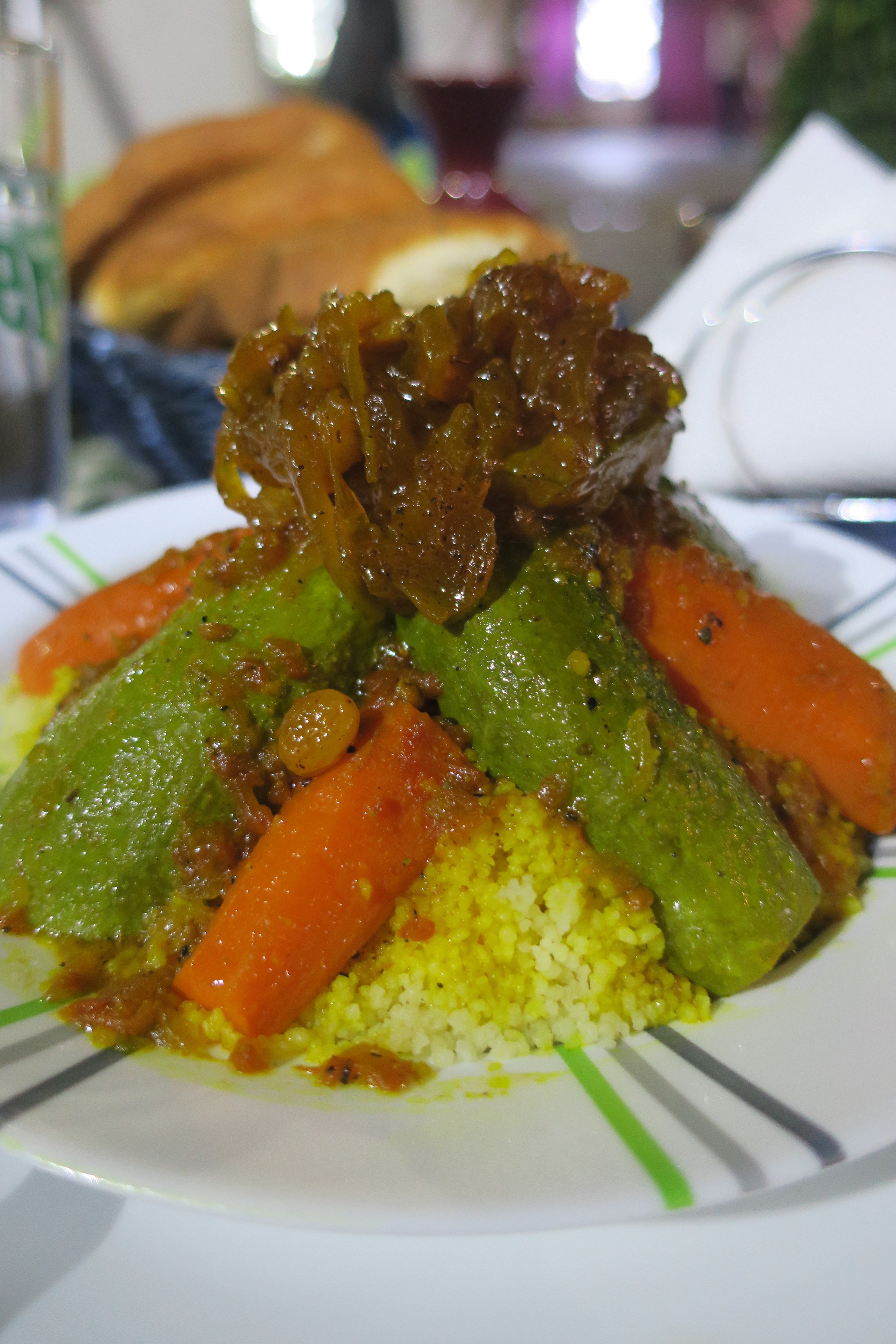

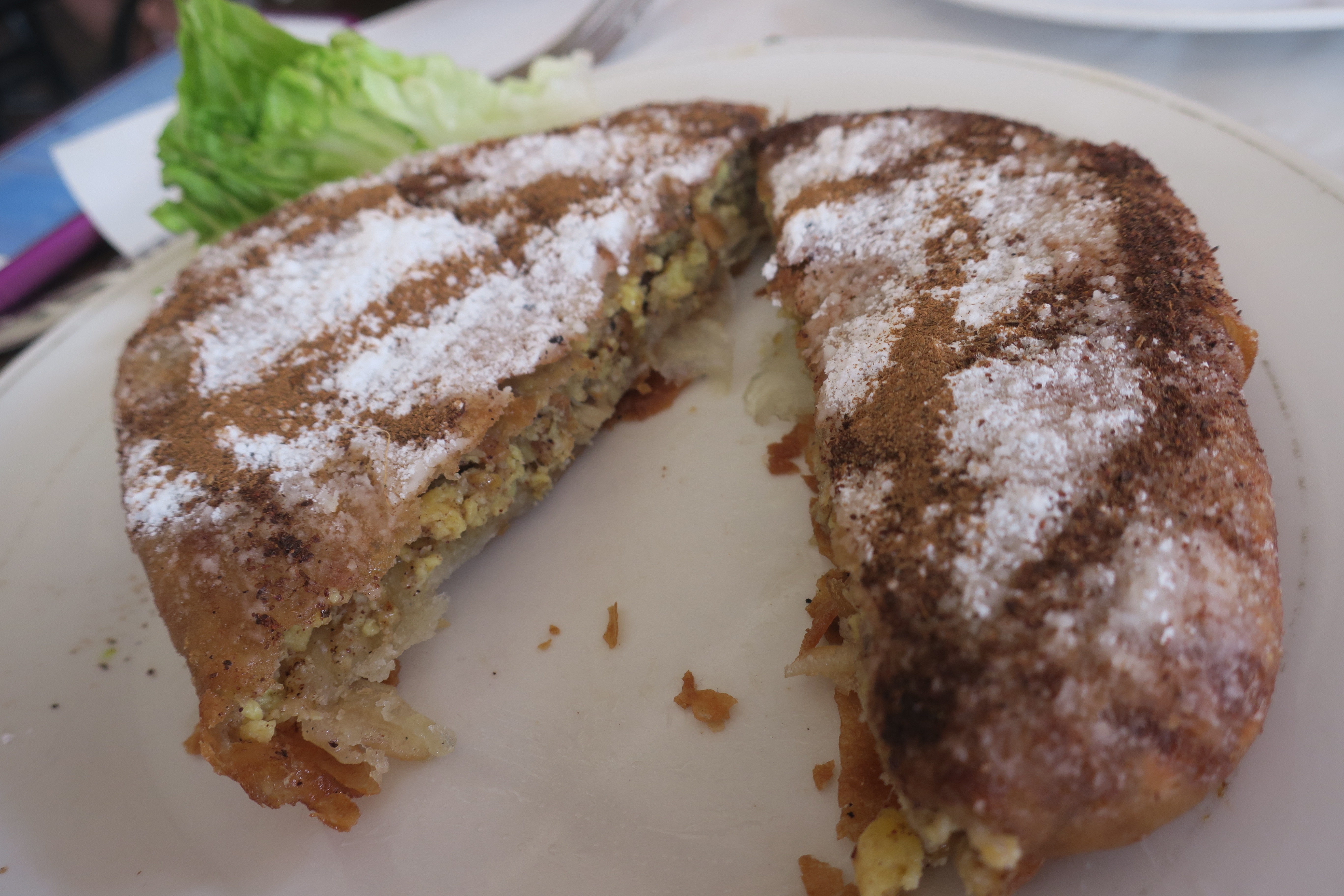
If you go outside the walls, there is a big French influence, the streets will become wider and tree lined, there will be more cafes, even some bars. Here you will find some more avant-guard Moroccan foods, some mixing of culture, particularly French, Spanish and Italian.
Our favorite Spots-; Kasbah Café Marrakech. Cafe Clock. Restaurant Gargot. Toubkal located in Jemma el-fna square but very good.
Bologna (Emilia Romagna Region)
If you’re an Italophile, you will already most likely love Bologna, and the foods from the area. If not, you may not know some of the most iconic foods of Italy come from this area. When we speak of Bologna, we are talking about the foods of the Emilia Romagna region, things like Balsamic vinegar and Lambrusco wine from Modena, Parmigiano- Reggiano, Prosciutto di Parma and culatello, from Parma and in the city of Bologna itself, there is the ubiquitous meat sauce of Bolognese, tortellini en brodo, mortadella, Tigelli, piadini, and of course, famous lasagne.
If you cherish these items, it is worth going to see them in the process of being made. Not only will it give you a complete understanding of the process, but you will have a deeper connection to these items now. We have always been foodies, but now when someone tries to compare that grated cheese in a green can to the real deal Parmigiano, it just seems offensive to call both of these Parmesan Cheese. Real DOP (Denominazione d’Origine Protetta) products have consortiums that adhere strict protections to products to be exactly what they say it is, you will see this with most of these products.
Our most important tip is to book ahead for restaurants and producers. We were booking our tours for producers about a month in advance and recommend you do the same.
The balsamic producers of the DOP Balsamic are usually small family producers, they make the amazing thick, delicious, rich, syrupy balsamic vinegars. These vinegars are a thing of love, aged in different wooden casks, using only local grapes and adhering to strict aging guidelines being at least 12 years. If you want to search out some of the DOP producers, check out the Balsamic consortium website to find one of only 51 that can legally make real DOP Balsamic Vinegar. https://www.consorziobalsamico.it/?lang=en
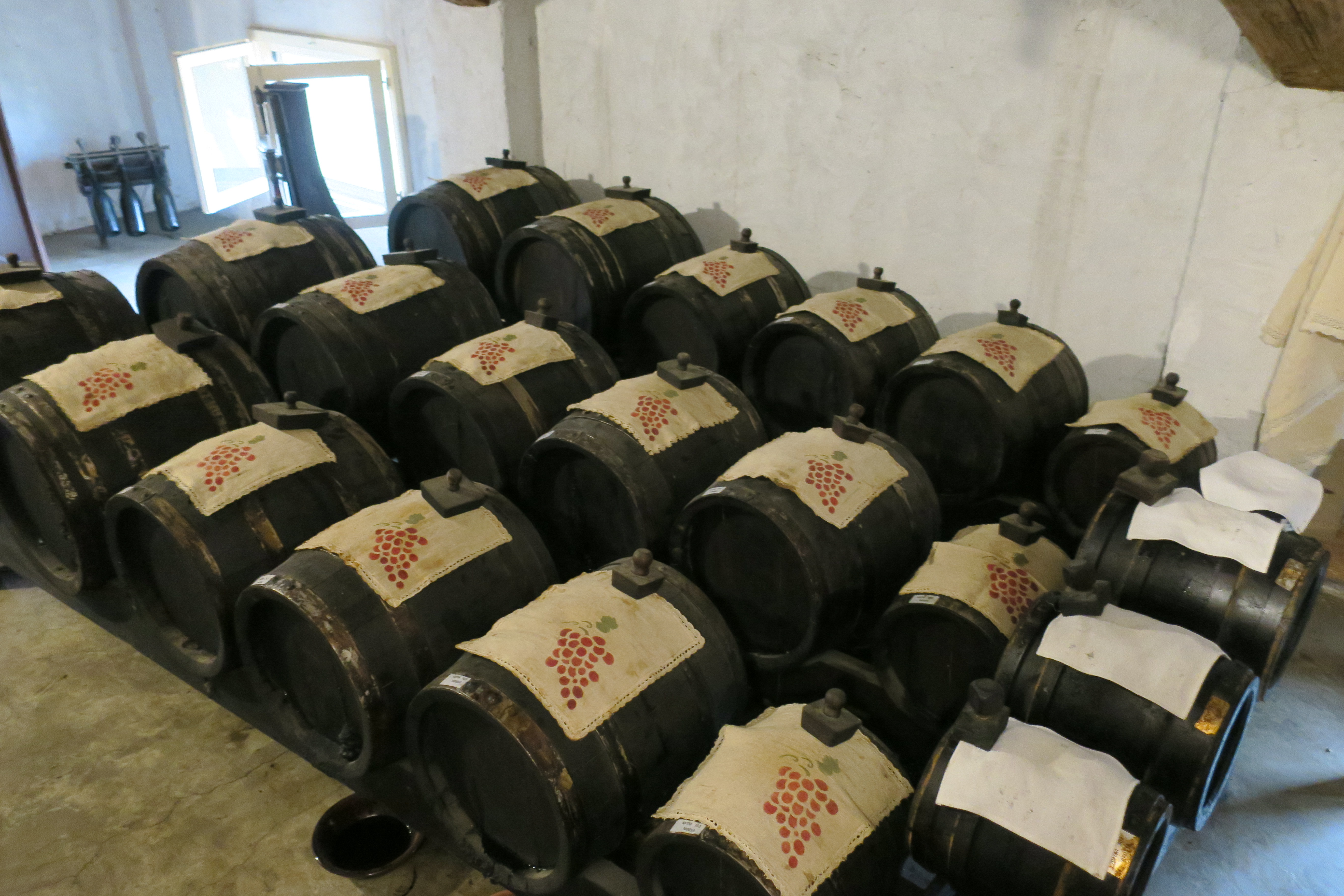

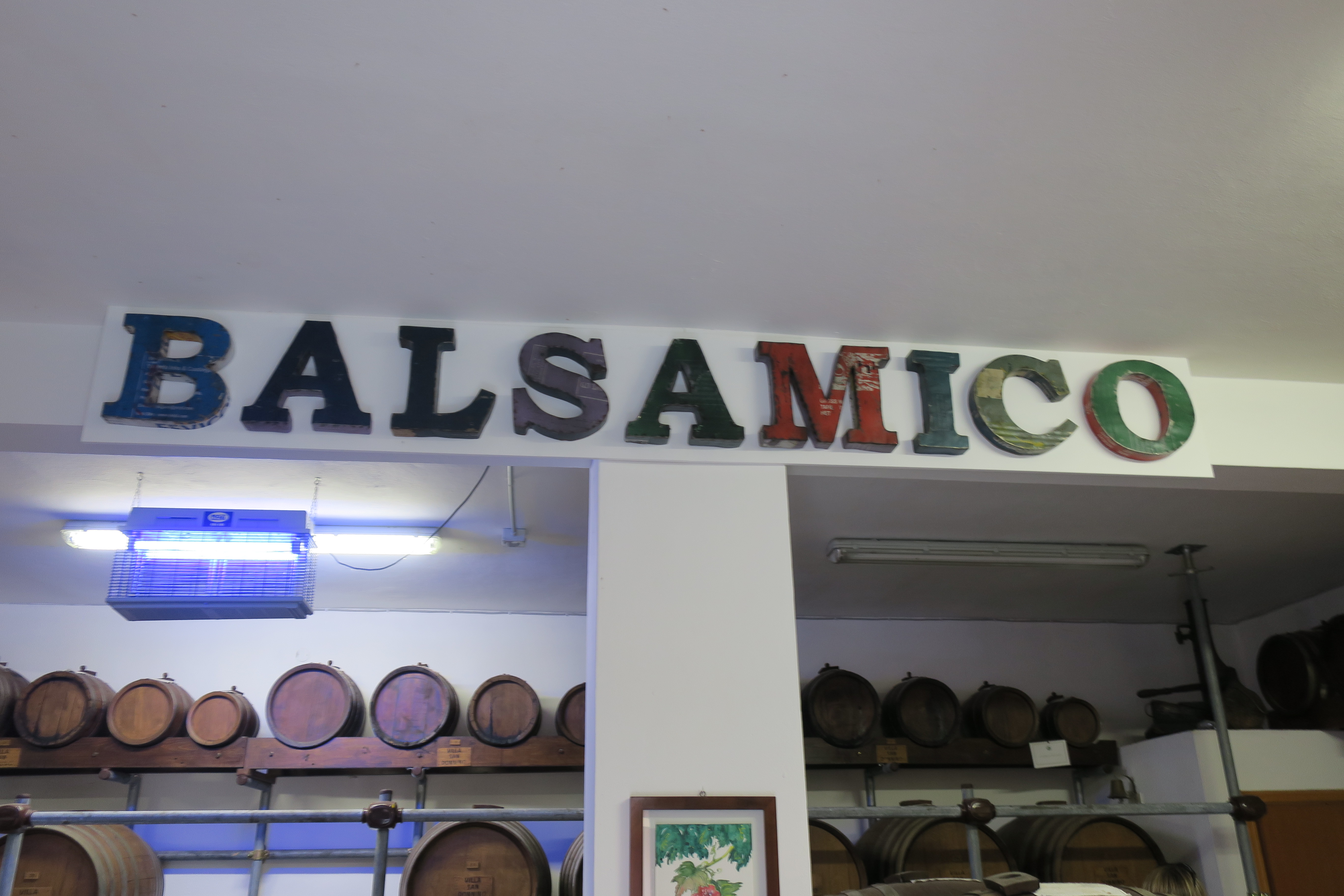
Parmigiano Reggiano is amazing, there is a complexity to it that other aged grated cheeses just cannot get. We really wanted to see the process, so we booked a tour at Giansanti Di Muzio in Parma. http://www.giansantidimuzio.it/?lang=en
Pro tip, if you want to see the cheese making process, you will need to go early in the day. The cheese is made with the night before’s skimmed milk and the fresh morning milk, so timing is key. We got to meet the cows that provide the milk, see the cheese making room, see the salt tubs, and the most amazing racking room that held thousands of wheels of cheese.
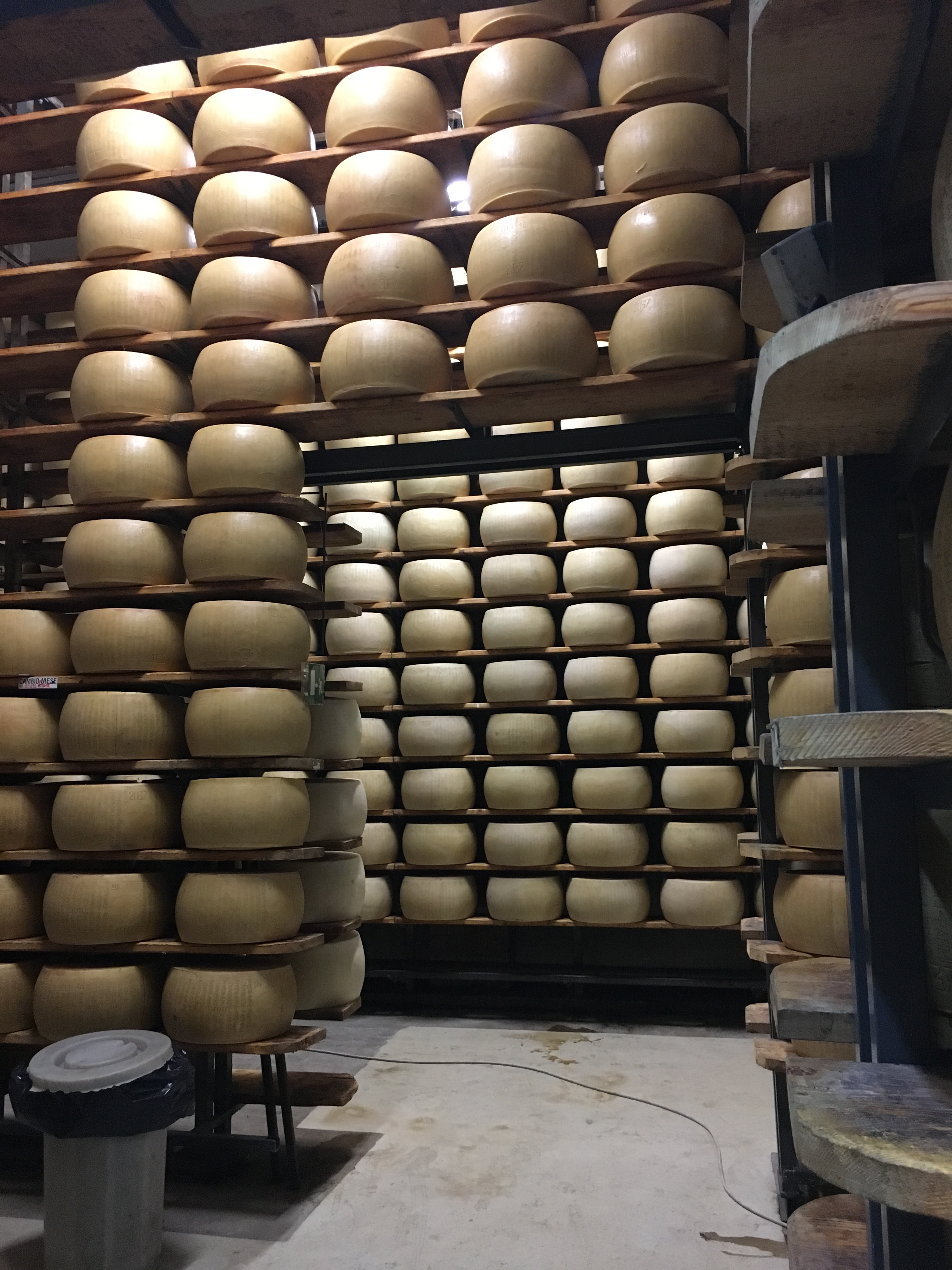
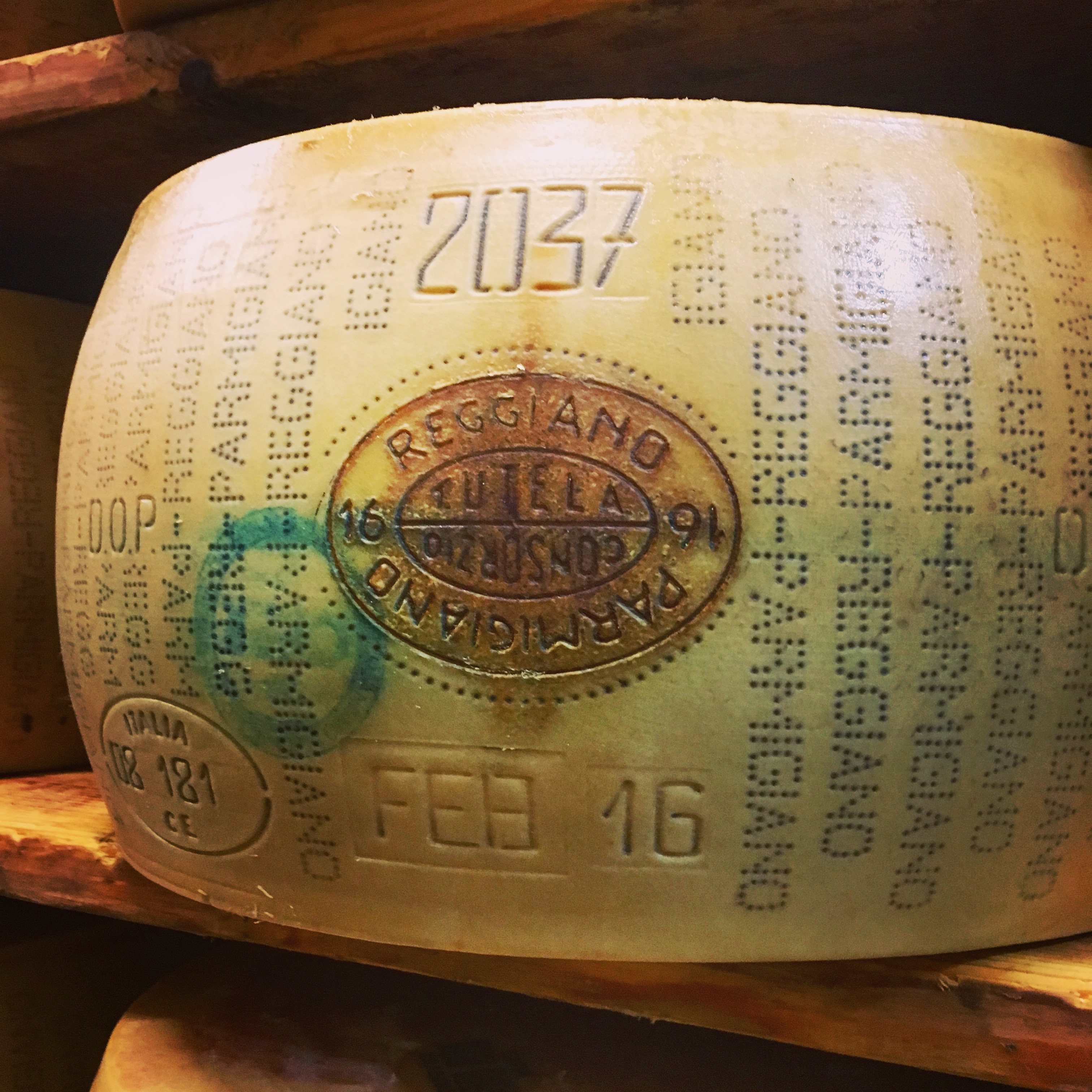

The end of the tour happens with a tasting of 3 ages of cheese on offer, along with some of their other milk products like butter, yogurt and pecorino(sheep’s milk cheese). If you’ve always loved Parmesan, book a tour, meet the producers, say hi to the famous cows, and your appreciation will be even deeper.

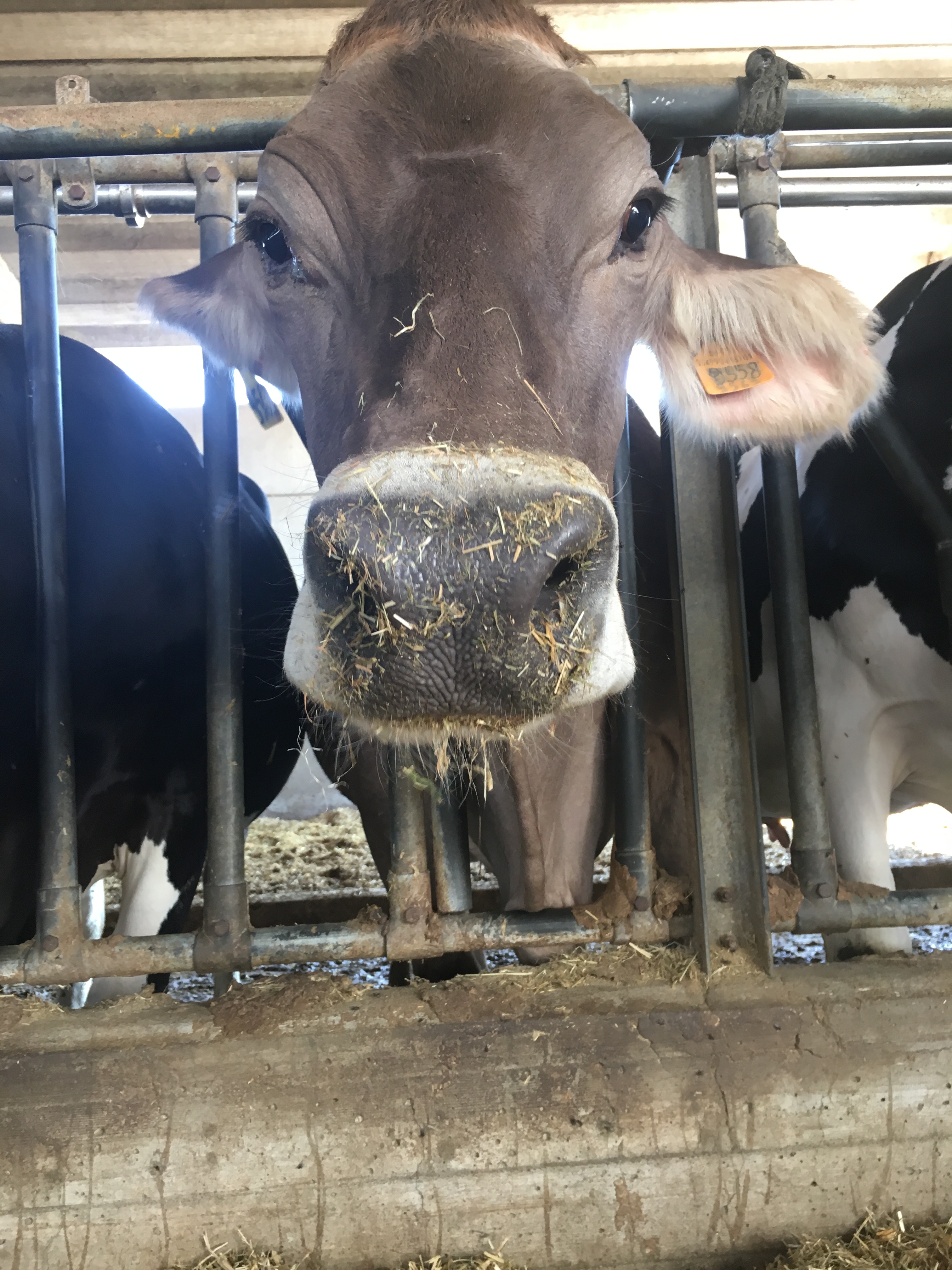

Prosciutto di Parma is world famous, and for some reason we found it hard to get a tour, many producers had tours for TV personalities (we are not there yet), or media, but for some reason, 2 bloggers just didn’t fit the bill. The ones that did offer tours wanted €70 per person, that seems excessive for some ham. We decided to take a different pork route. If you’re a fan of Anthony Bourdain, you might know of culatello as he featured it on one of his shows. It’s basically a deboned pork leg that is salted and cured in pork bladder and seasoned with black pepper and garlic. We are serious when we say, this stuff blows prosciutto out of the water! The way the meat is treated, in a more humid environment, the proteins denatures some, so it is still meaty in appearance, but it will melt in your mouth like butter. We cannot think of a better cured product besides Spain’s famous Jamon Iberico de bellota that we could compare it to. You might be able to find culatello at a specialty shop, if you see it, buy it. If you’re in Parma, PLEASE go to Bré del Gallo (https://www.bredelgallo.it/index_eng.html) you will forever be grateful!
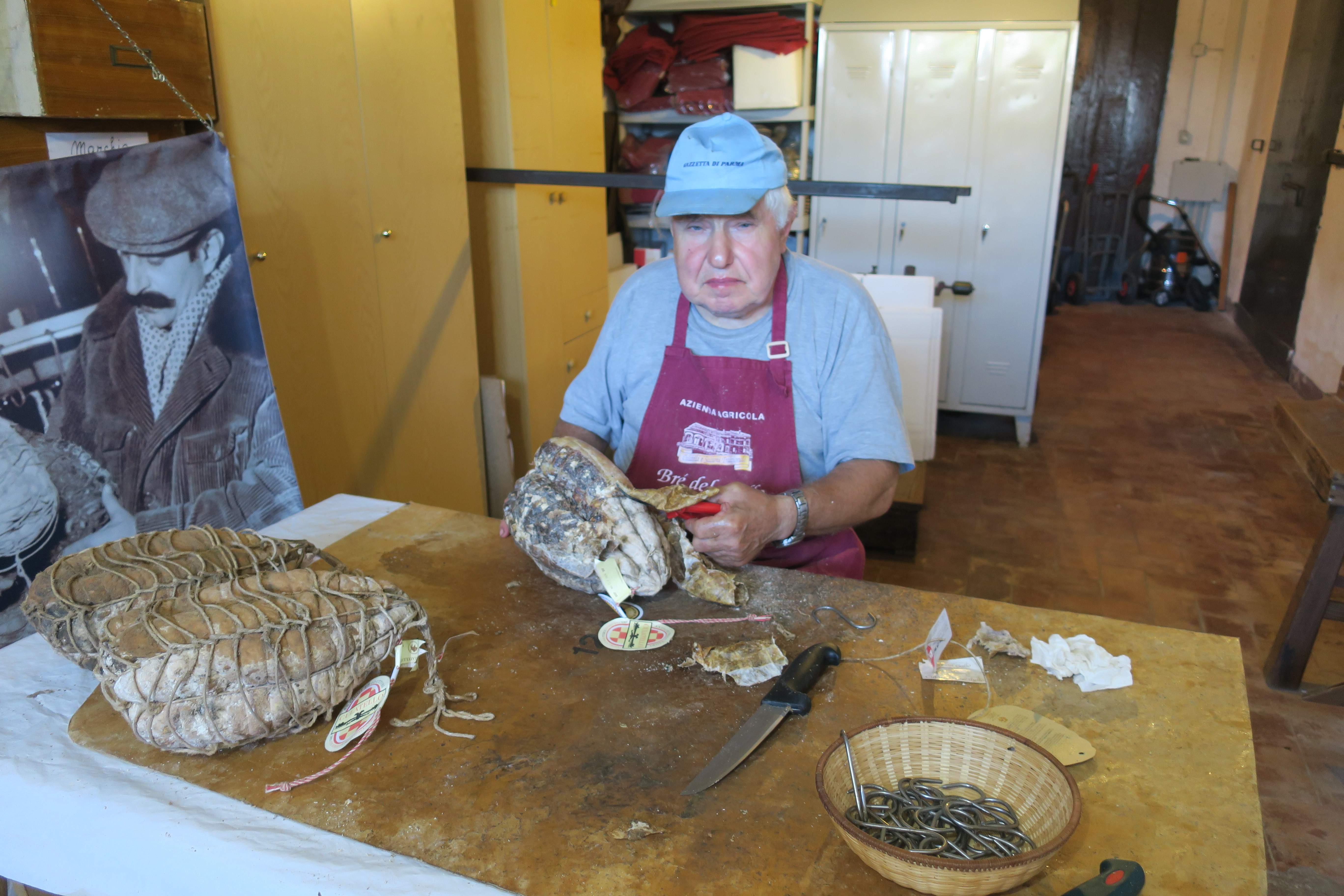
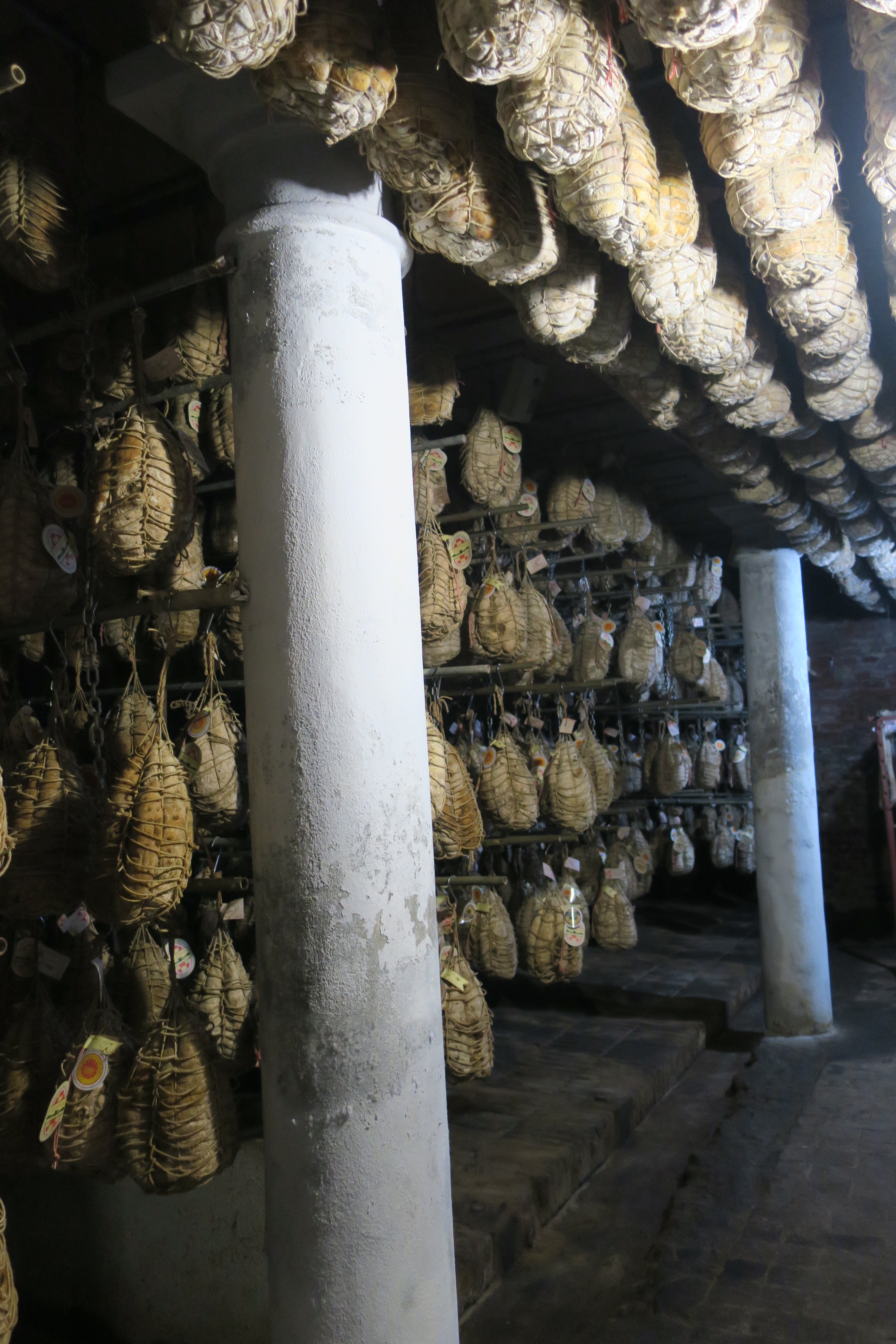
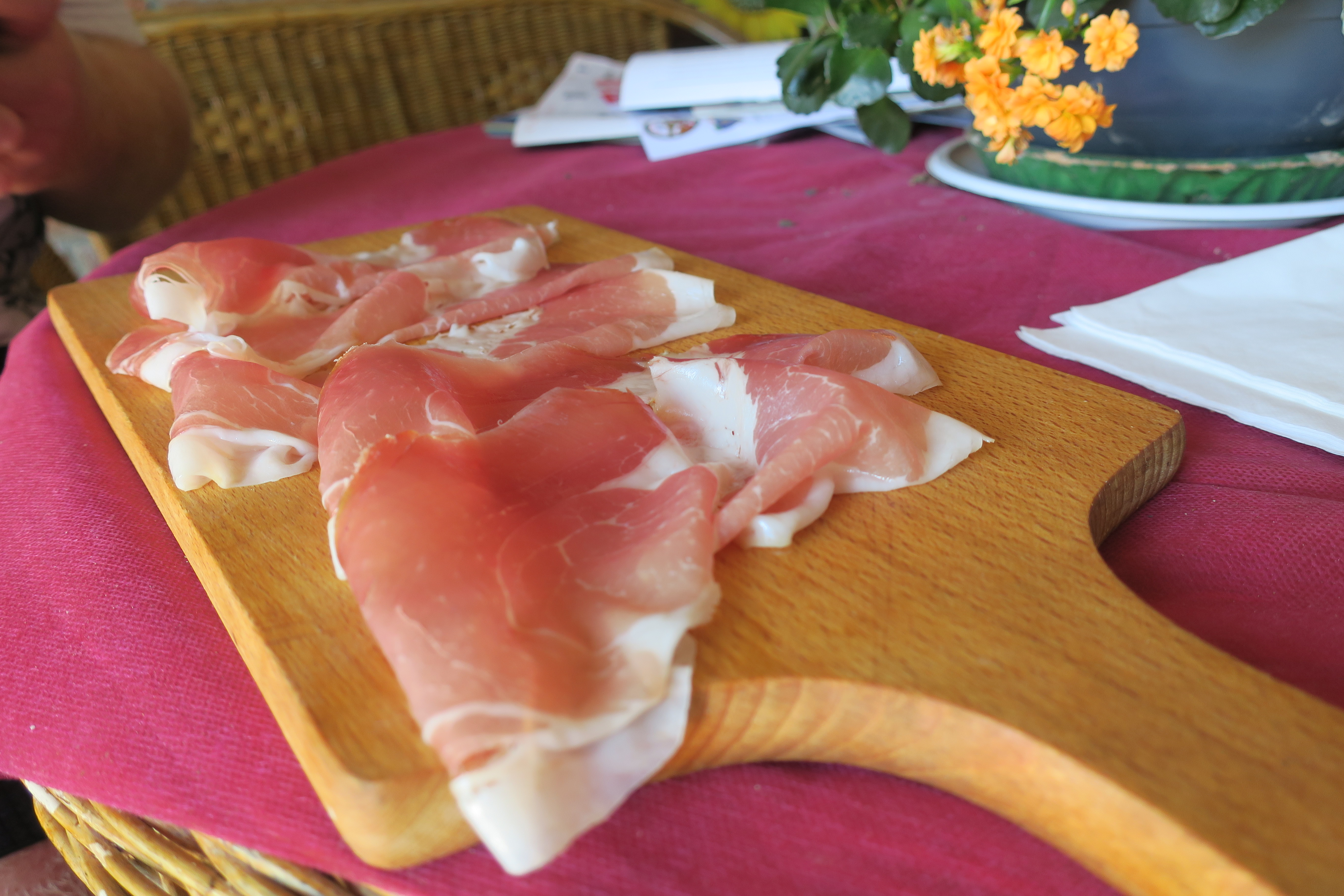
As for the city itself, it is a beautiful place to wander around. Each block having its own feel, it’s own set of specialities. Some must eats while in the city are Lasagne, Mortadella, Tortiloni/tortellini en brodo and something you may not have seen before, tigelle. Let’s do a quick run down of each. The lasagne in Bologna is a far cry from what our moms might make. Growing up, and to this day, to many, lasagna is a thick gloppy layered pasta dish with ricotta cheese, big thick noodles, tomato sauce, maybe some ground meat and loads of mozzarella cheese. What you’ll get in Bologna is thin layers of fresh made egg pasta, meaty Bolognese ragu, creamy bechamel sauce and just enough Parmigiano Reggiano to add that cheesy note. Unfortunately for us, the restaurant that we were recommended did not do this justice. We got, what we’d like to call, tourist lasagne. Something that looked like it had been made hours ahead of time and reheated, not the beautiful description we gave you here.
Tortellini/torteloni- everyone knows the name, Tortelini. It’s that small pasta, usually in your grocers freezer that’s filled with bland cheese and rolled into a belly button shape. The dish that you’ll get in Bologna, and perhaps all of Italy is much different. The tortelini are made with fresh egg pasta and hand rolled, usually by a room full of Italian grandmothers. The pasta is almost translucent and airy and the filling is light. While it may look similar to what we know from the outside, we promise it will blow you away once you take a bite. The tortelini are traditionally smaller in size and served in a light broth that compliments the filling, which can be cheese or meat. Torteloni on the other hand, is made in the same method but larger in size and traditionally served in a butter and cream sauce.


Mortadella might look like bologna (the lunch meat!) to most. The name of bologna somehow got attached to an over processed, over salted lunch meat which doesn’t give mortadella it’s due. Don’t be fooled by its appearance. True mortadella has chunks of pork lard and amazing flavors of garlic and pepper. It also commonly has pistachios. This meat was a staple for us while we visited Bologna, as our hotel always had it out to grab, whether it was for breakfast or a snack mid day.
Next, Tigelle. This could be dubbed as the OG slider sandwich. These little sandwiches are made up of 2 small round breads and filled with an accomplishment of meats, cheeses or spreads. We found these by accident and were immediately obsessed. Order a few as a snack or an array and make a meal.
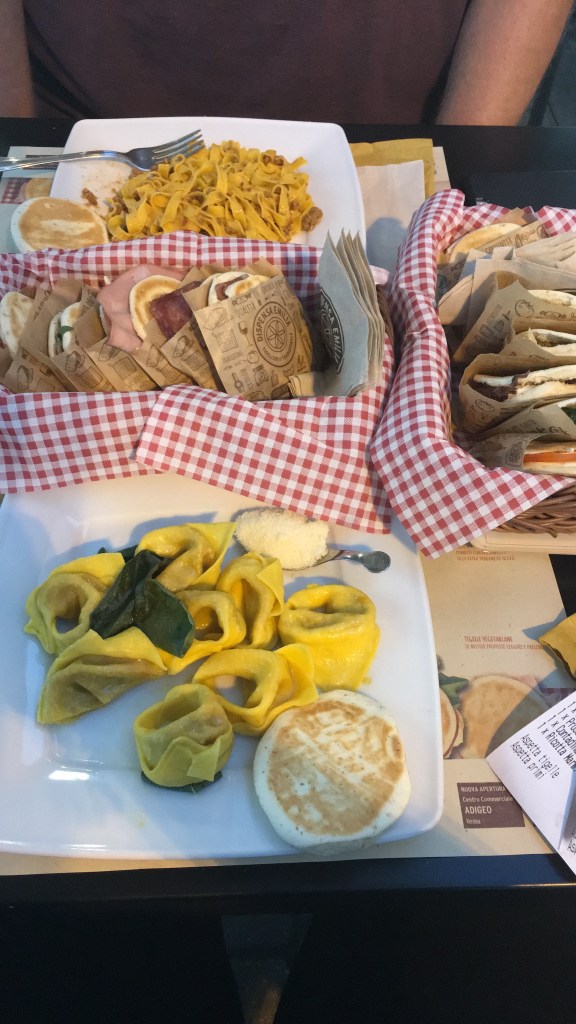
Lastly, Piadini. At first glance, this delicious pressed sandwich resembles that of a quesadilla filled with your choice of meats, cheeses, seafood etc. It’s a popular roadside snack and that’s how we enjoyed it. If you’re driving along the Italian roads and see a sign saying “Piadina” make sure to pull over and give it a try!

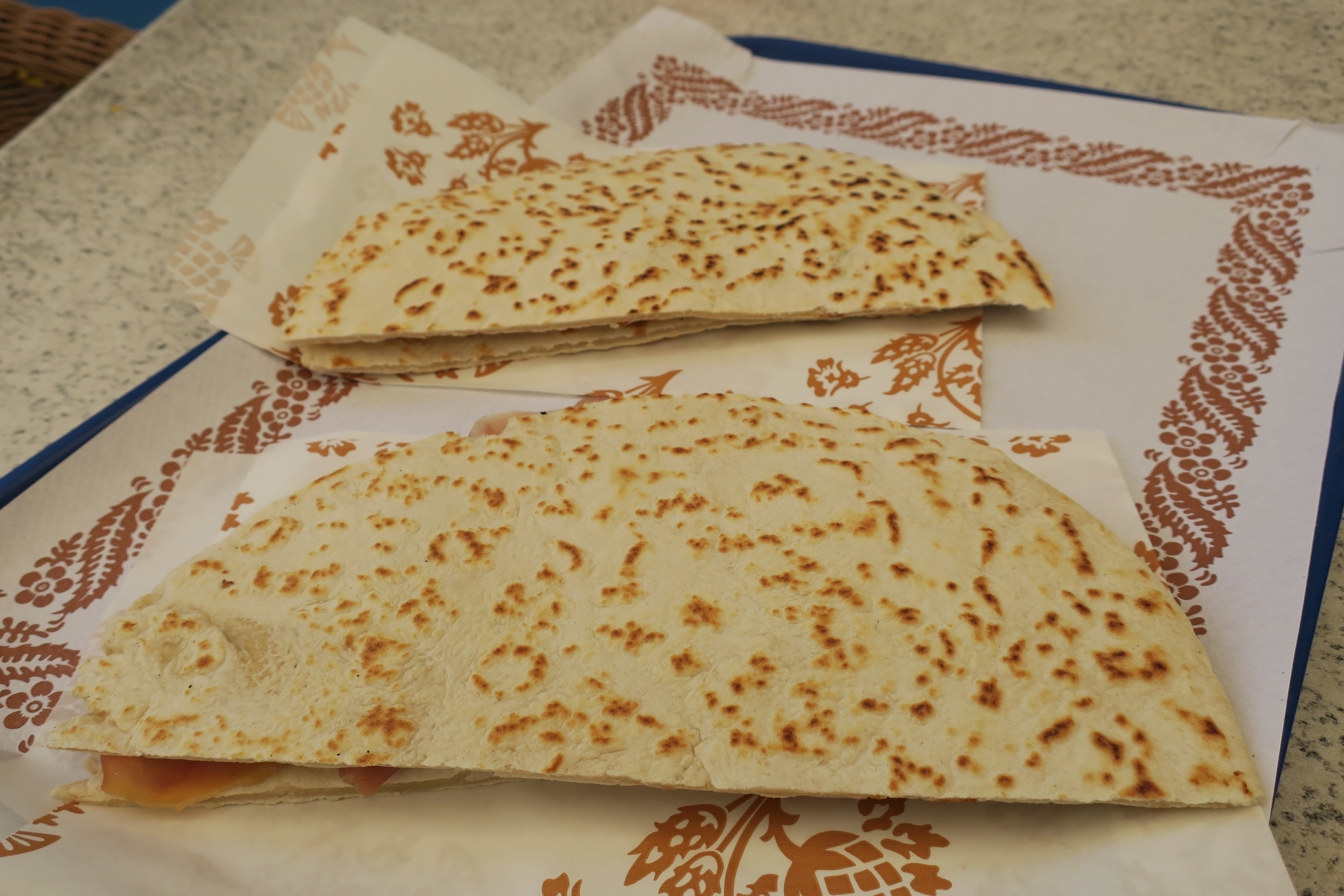
As you can see, Bologna is a food lovers paradise. Italy as a whole is, of course, great for foodies, but this town holds so many of the well known dishes as well as those that are not as well known.
Hanoi
Vietnam is home to many dishes that have become popular over the last few years. From pho to bahn mi, to the relative newcomer, bun cha. And have you ever tried Vietnamese coffee? Or better yet, egg coffee? A lot of Vietnamese foods that you will see will be mostly south Vietnamese foods as these are the people that fled Vietnam during the war. For this reason, you can imagine how interesting and mind blowing it was to discover much different foods than we were originally expecting.
Pho is a noodle soup with a rich broth, noodles and a variety of meat. The thing makes this dish so unique is the complexity of the broth, typically stewing days upon day’s to develop the unmatched flavor. Interestingly, this dish varies depending on where in the country you get it. Saigon’s style is what we’re more familiar with, with added sugar and accompaniments to boost the flavor. In Hanoi, people keep to their tradition cooking pho broth from the bone only, not adding too much else. And after lots of hard work continuously scraping the foam that develops during the cooking process, will have an almost crystal clear liquid boasting in flavor.
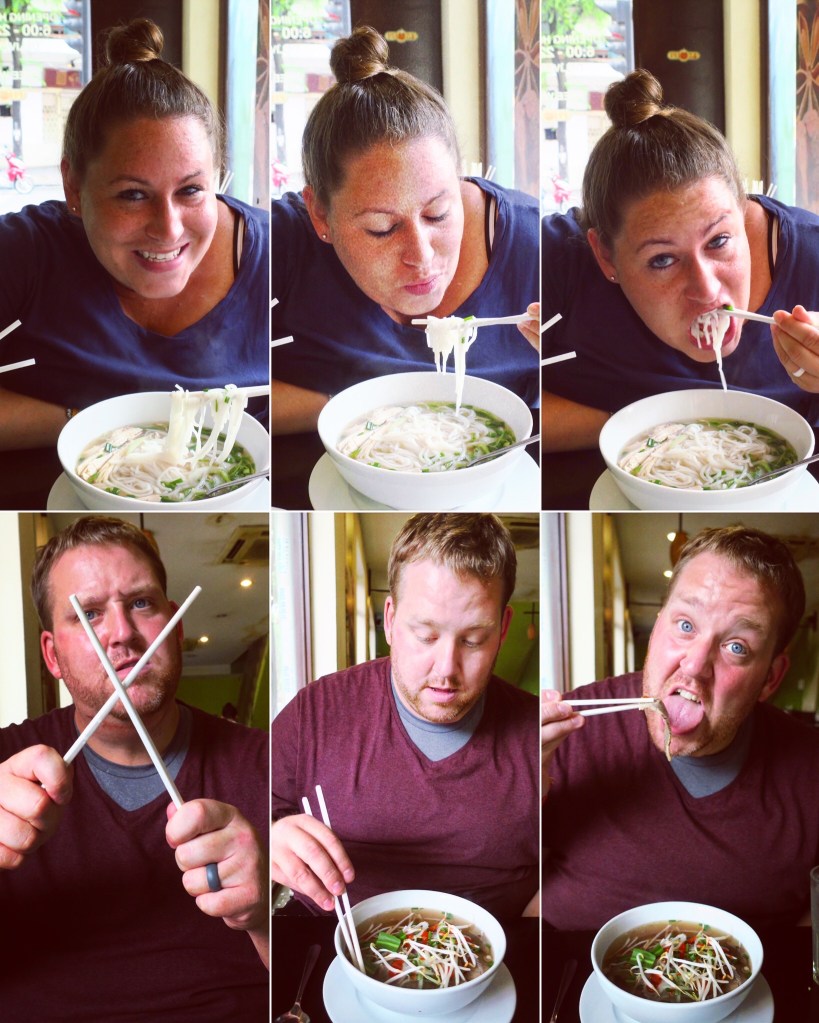
Let’s start with the Bahn Mi. The French influence is strong in Vietnam, more so in the south but Hanoi still enjoys some influence, particularly with baguettes. The French brought along the thin long baguette and the Vietnamese introduced rice flour into the process. Rice flour adds a crispy, flaky texture to the crust and the center of the bread is a soft pillow like consistency. The texture and softness plays an important role in building a proper bahn mi. The term bahn mi is a fairly new one to the western culinary world, sure it’s been around in small family run Vietnamese restaurants for decades, but only in the last ten years or so has this been adopted into the culinary lexicon. For us, we had no idea that the fillings and styles of these amazing sandwiches would vary so much. Our first dive into the bahn mi of Hanoi was at a tiny hole in the wall shop, with things like duck, pate, Chinese roast pork and chicken on offer. Piled generously with the meat of choice, pickled carrots, lettuce and mayonnaise, all into that beautiful baguette. It was unlike anything that we had ever eaten before that carried the name of bahn mi. The wins never stopped coming either, any street stall has great eats! Everything from fried dough balls crusted in sesame, to people grilling pork on skewers over small charcoal hibachi.
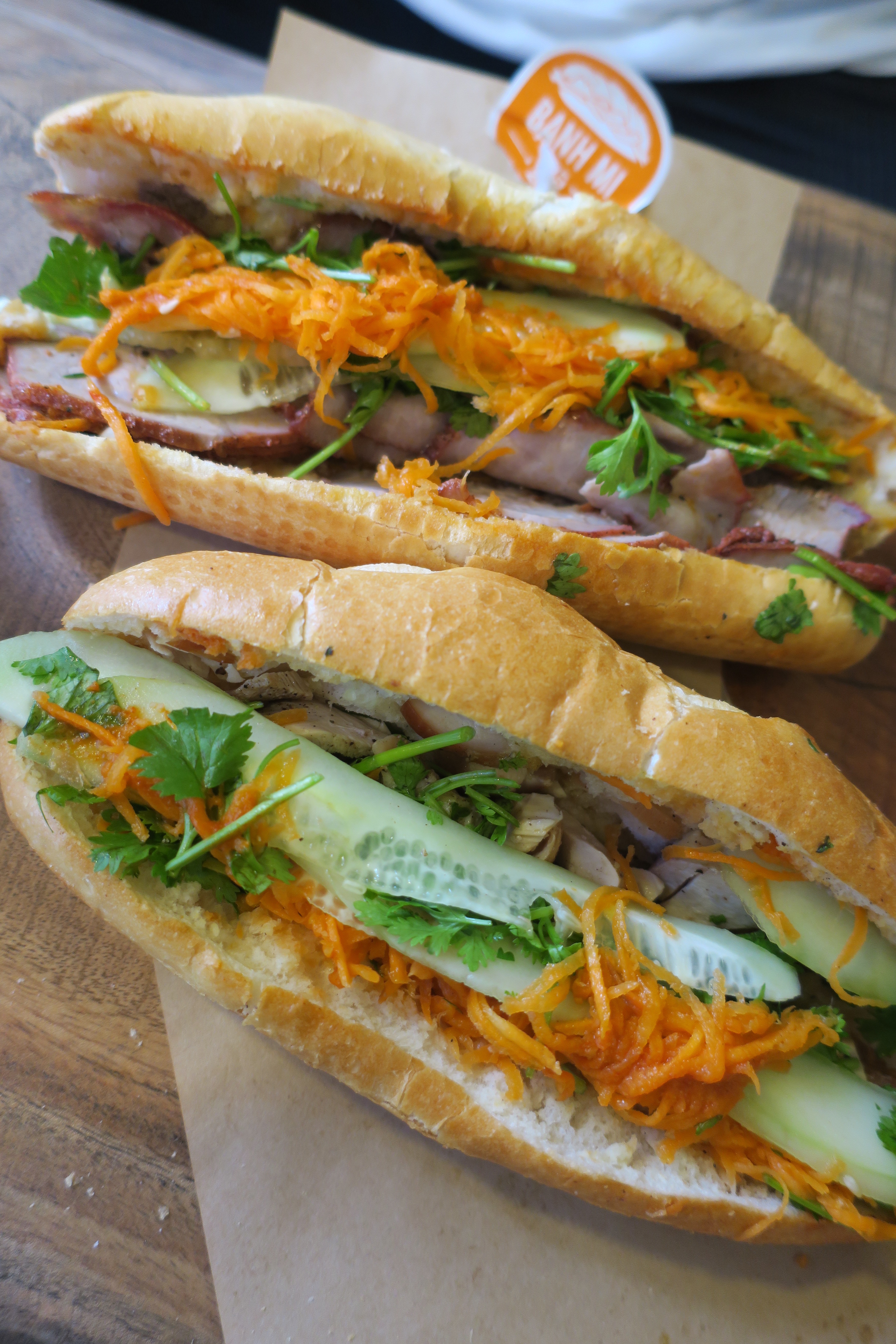

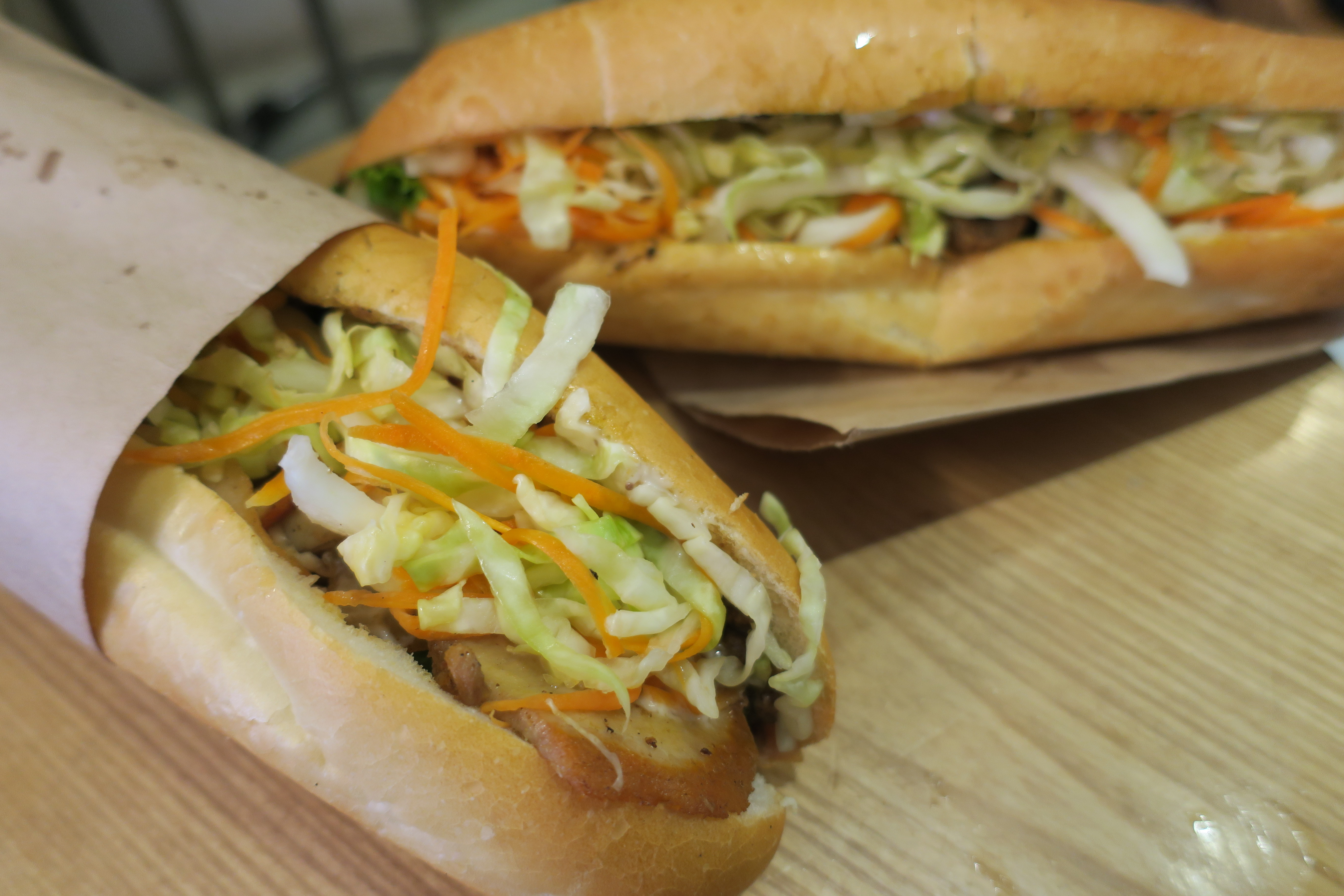
Bun Cha, another Hanoi staple. Made more mainstream by Anthony Bourdain and President Obama sharing the dish on the synonymous tiny stools that dot these eateries. If you haven’t had bun cha, it’s a noodle dish consisting of vermicelli rice noodles, a plethora of fresh greens like cilantro, mint, maybe some shiso, bean sprouts and leaf lettuce, a salty, sweet but pungent dipping sauce and the best part…. pork done 2 ways! First, pork meatballs that are grilled over open fire, so you get those caramelized dark bits and moist tender inside, that’s paired with Chinese style roast pork that is sliced paper thin and melts in the mouth. Not a pork fan? You can get varieties including chicken or tofu as well that have the same delicious punch of flavor. Bun Cha is also usually served with fresh fried spring rolls to add some crunchy texture. Bun Cha is a must try in Hanoi, it’s one of those things that you may not be able to find as readily where you live, and never as fresh and perfectly balanced as this.
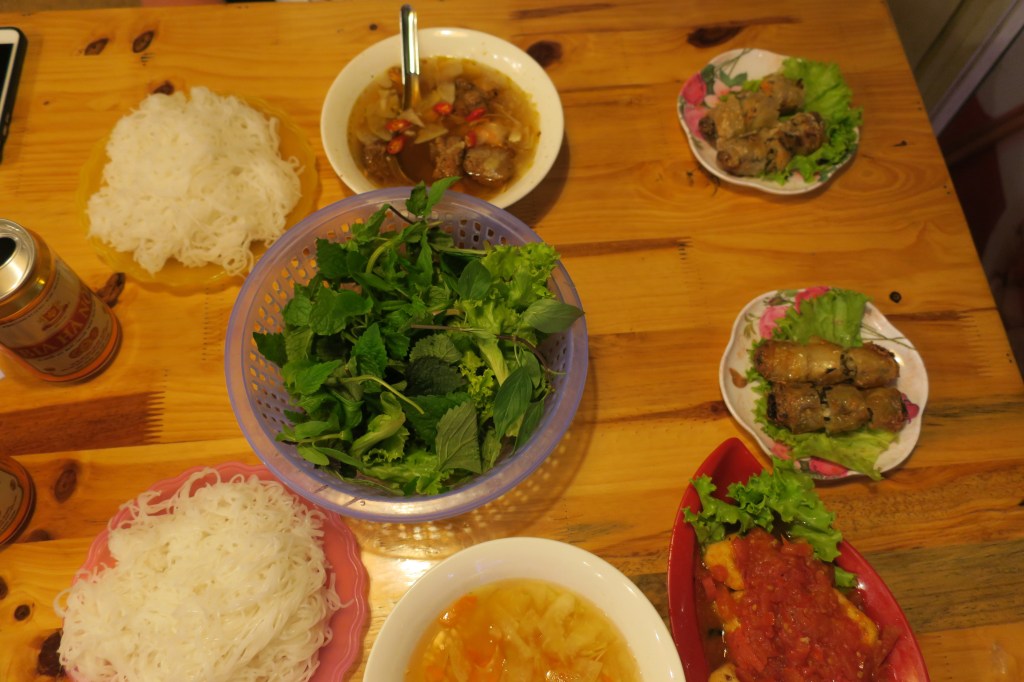
Our final entry into what makes Hanoi a foodie paradise is the coffee. Again, something heavily French influenced using dark roast coffee, and mixing with milk. Before in Vietnam, getting fresh milk wasn’t easy, so they had to resort in preserved milk, or condensed milk. Now, of course, the accessibility isn’t as difficult but the tradition of making coffee with condensed milk has stayed. The key to good Vietnamese coffee is the coffee itself. If you’re a coffee snob like us or even a novice, you probably know the 2 varietals of beans. Arabica and robusto are their names. Typically, finer coffee shops will use arabica, it’s a more nuisanced bean, that will effectively translate the terrior, or growing conditions, along with the more acute flavors and acidity of the bean. Vietnamese coffee doesn’t use this type of bean. In fact Vietnam is one of the bigger growers of robusto beans. These beans have their place too, they have the classic “coffee” flavor, probably what you’ll get from your local diner, or from those vacuum sealed tin cans. The key for Vietnamese coffee, is that the robusto beans are roasted just a slight bit darker. The resulting caramelization of the bean gives it a deep, dark, rich flavor, a flavor that will perfectly balance the overly sweet and creamy sweetened condensed milk. Vietnamese coffee is also brewed differently, it is used in an old school version of a pour over apparatuses called a phin (at your local Asian market for $3), the coffee is scooped into a perforated cup, bloomed with hot water and covered, then placed over the serving cup and allowed to slowly drip as it extracts the deep rice flavor.
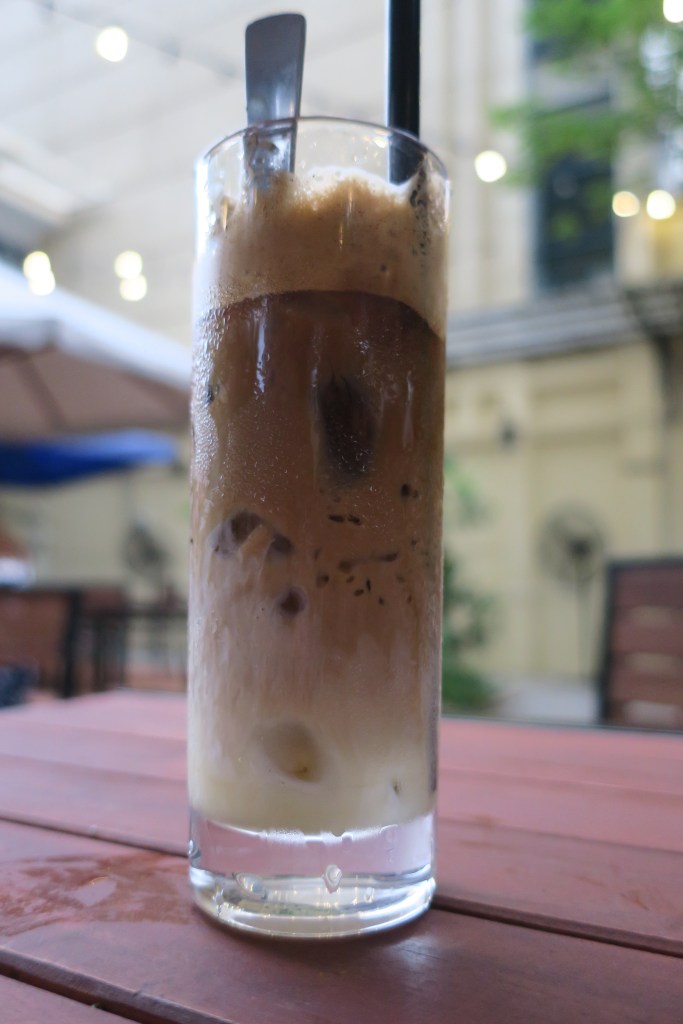
Coffee houses are everywhere too, and they’ve not only kept to their traditions, but now have got into the third wave of coffee. We recommend a nice strong, creamy hot cup to start out and some iced throughout the day to keep the day moving.
The surprise coffee stand out, the egg coffee! Yes, eggs, in your coffee. There is a legend that this was invented during the war in the country when milk was in short supply, therefore, egg yolks were whipped with sugar, to create the foamy head as a replacement for using all milk. To us, it seems like someone maybe was using some French methods, and decided to add egg whip to the coffee. No matter how it came about, it is outstanding. The egg does create an amazing creamy mouth feel like the most expertly crafted steamed milk foam, and it’s still a popular dish to this day, served either hot or iced.
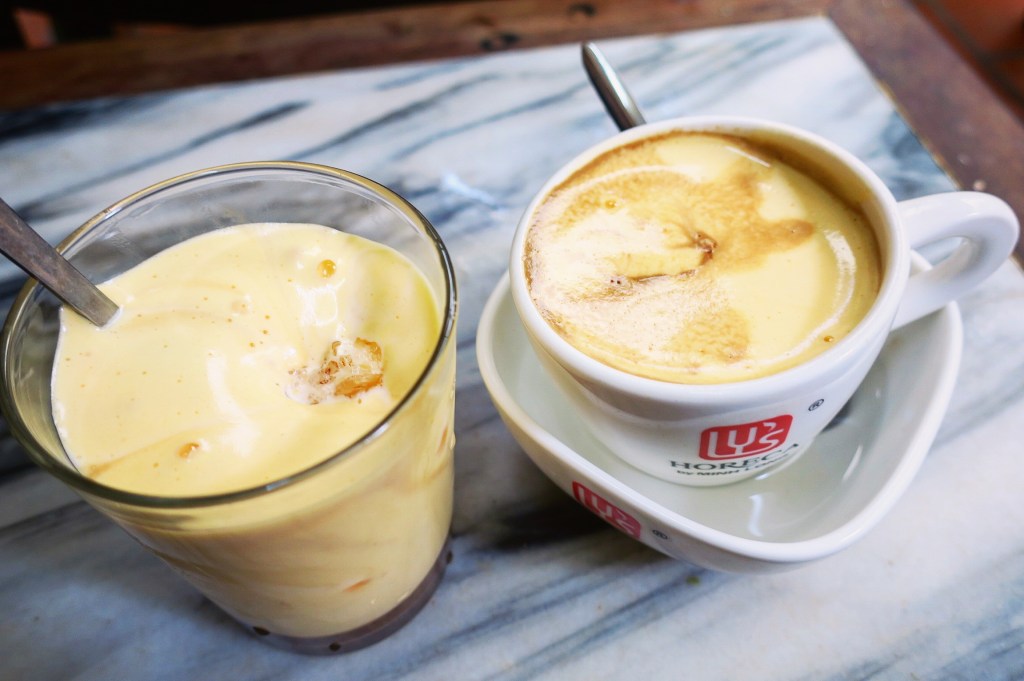
Hanoi was an amazing foodie destination. It may not have contributed many classic items to the culinary world, but certainly, Hanoi and Vietnam have shown the world their amazing dishes and they’ve been adapted into mainstream culture. To fully appreciate your next bowl of pho or bahn mi, we highly recommend heading to Hanoi to have them at the source!
Phew! We know that was long, so thank you for sticking with us. We hope you enjoyed learning about our Top 10 Foodie Destinations. You can learn so much about a country, culture or people by their food and we hope that as foodies, we have inspired you to learn more, try more, and see all the world has to offer through its cuisine!
One of the main reasons I want to visit Japan is for the food! Awesome post!
LikeLiked by 1 person